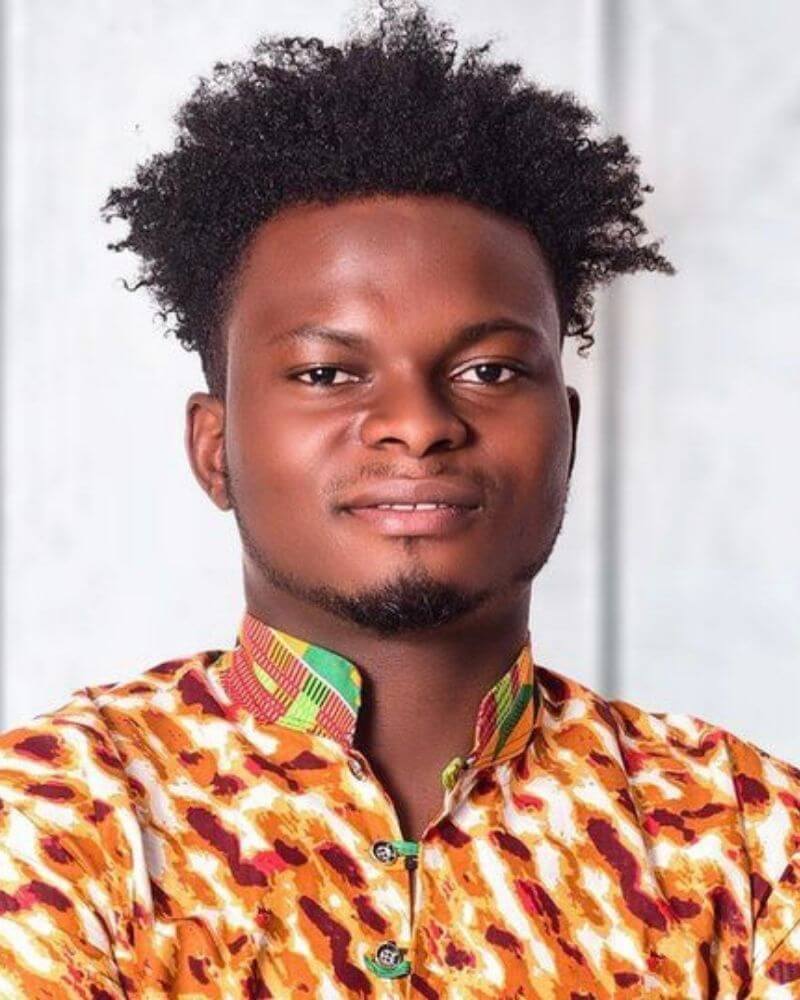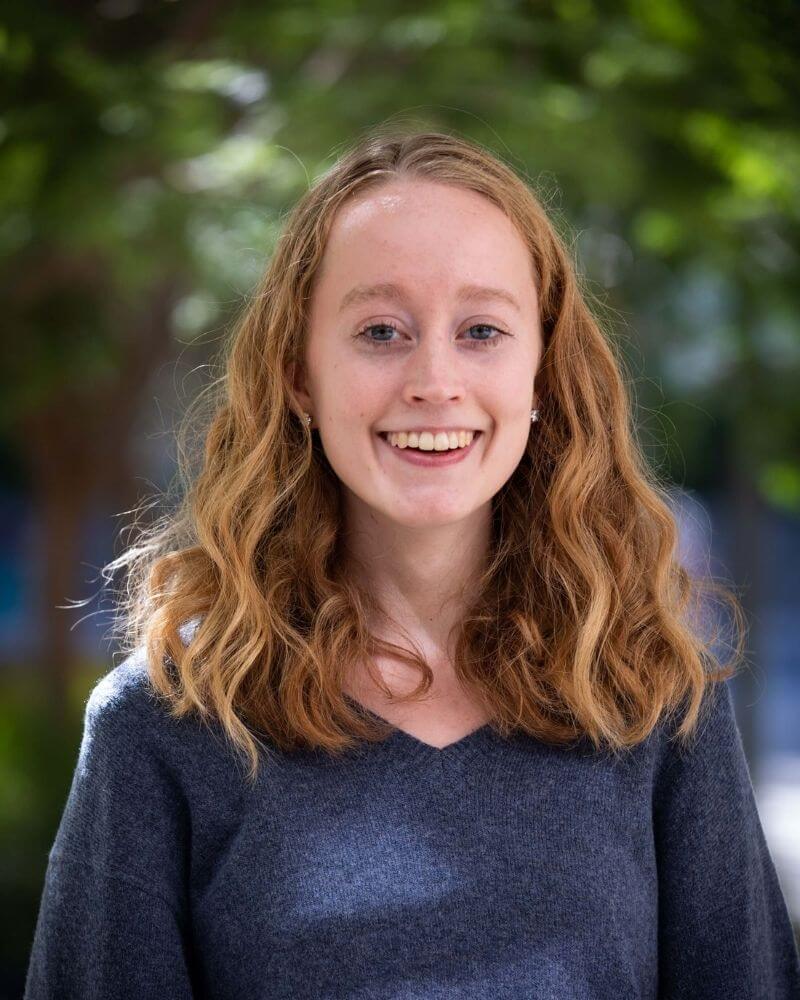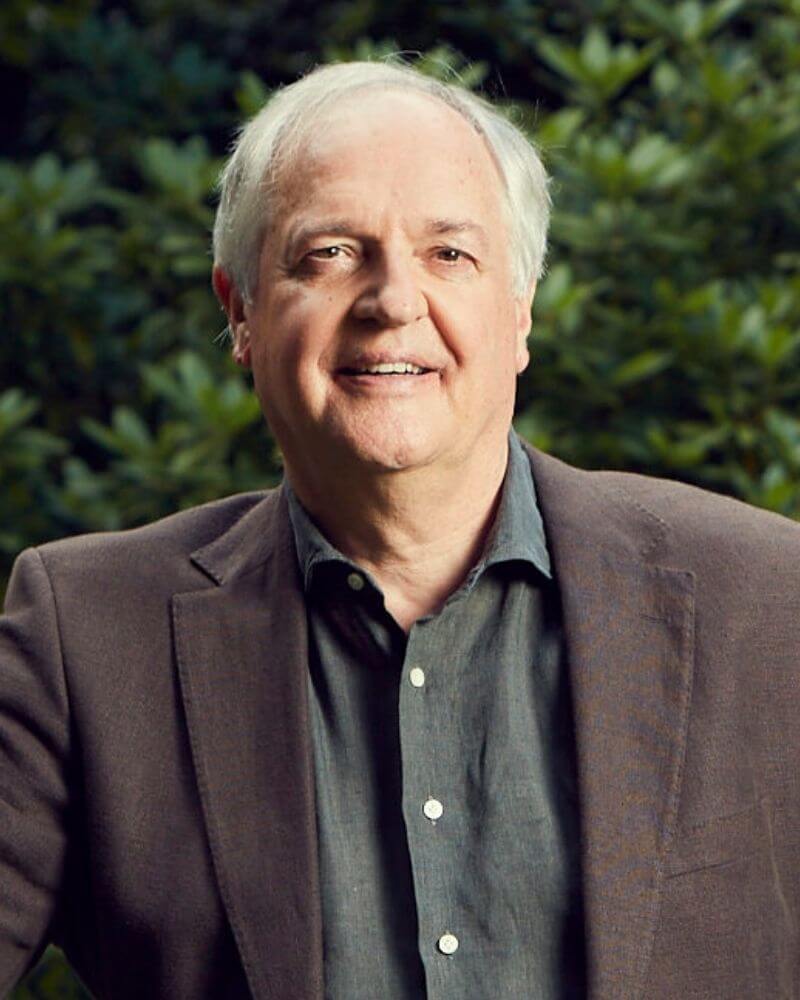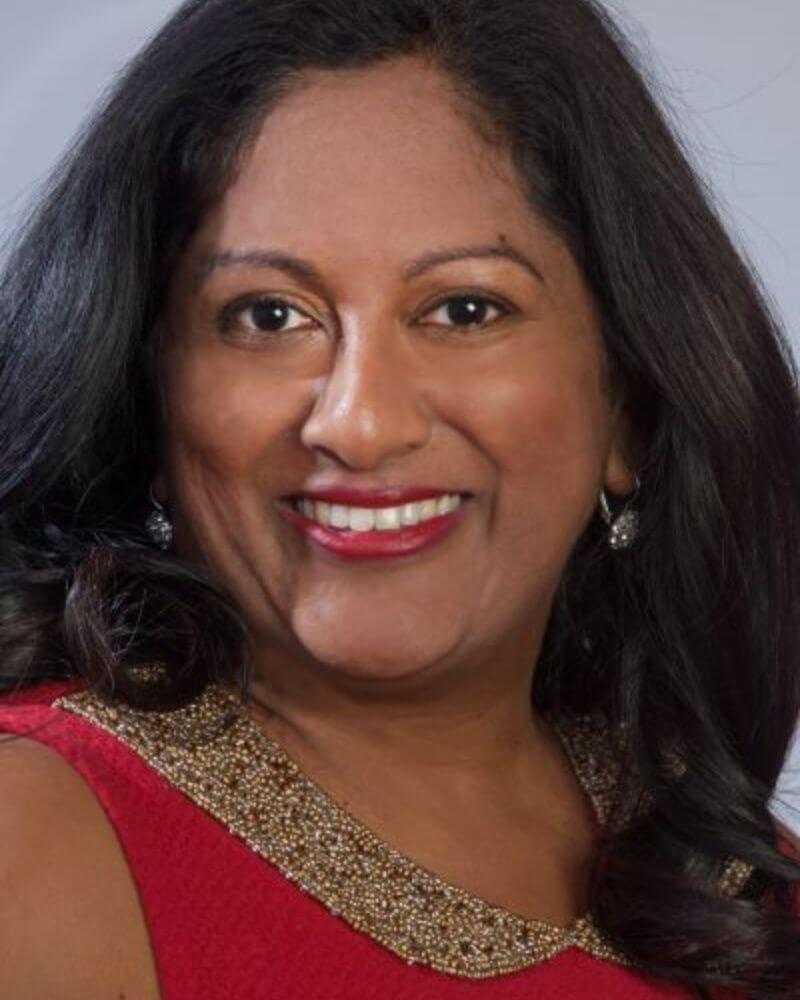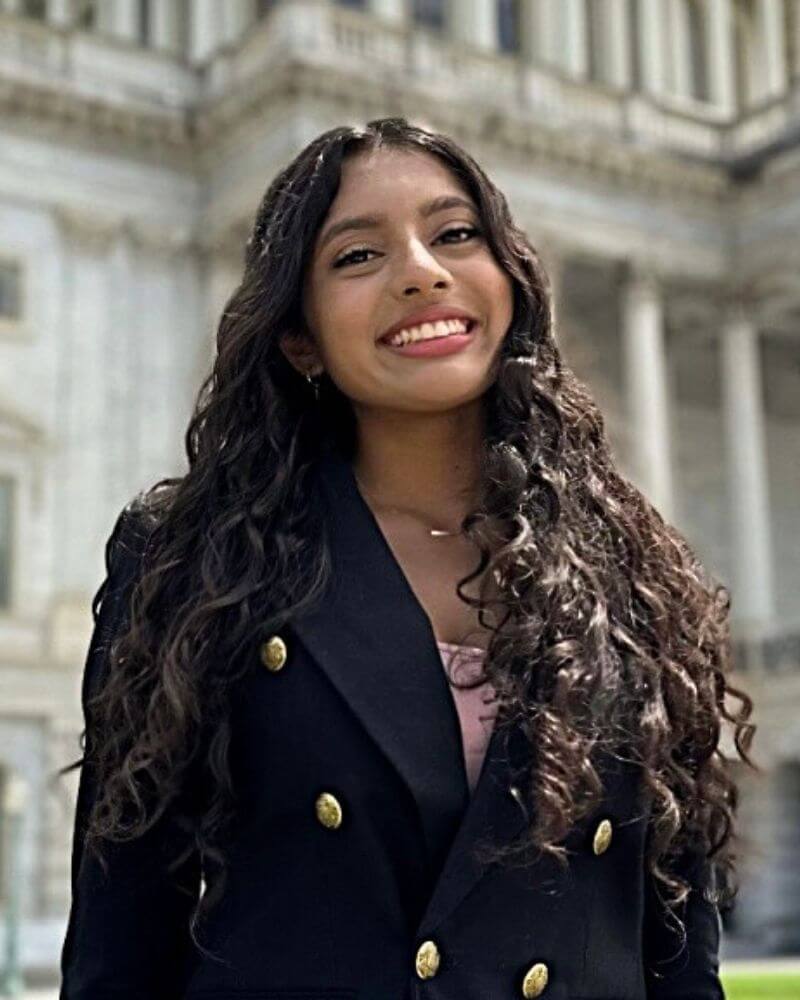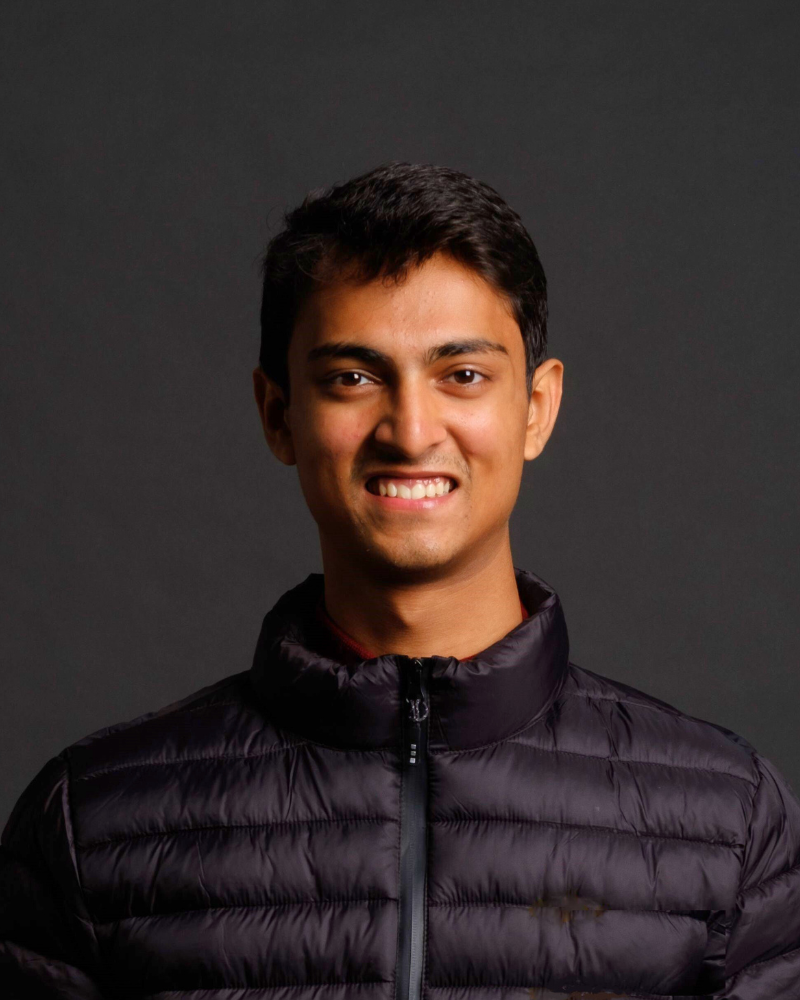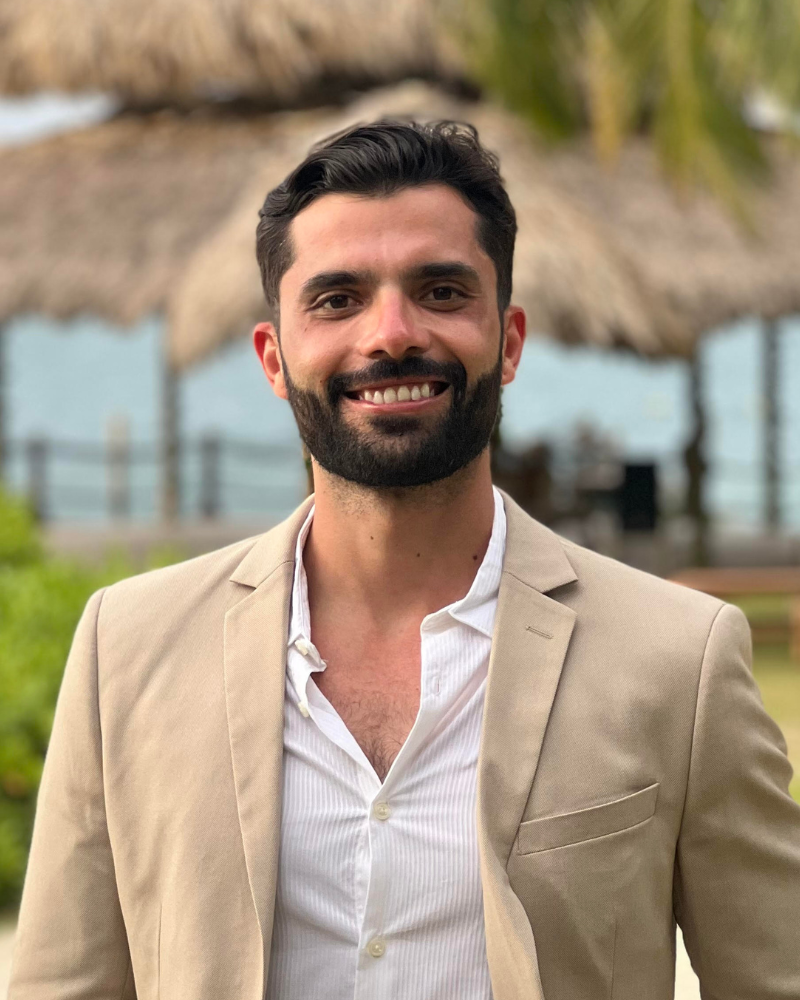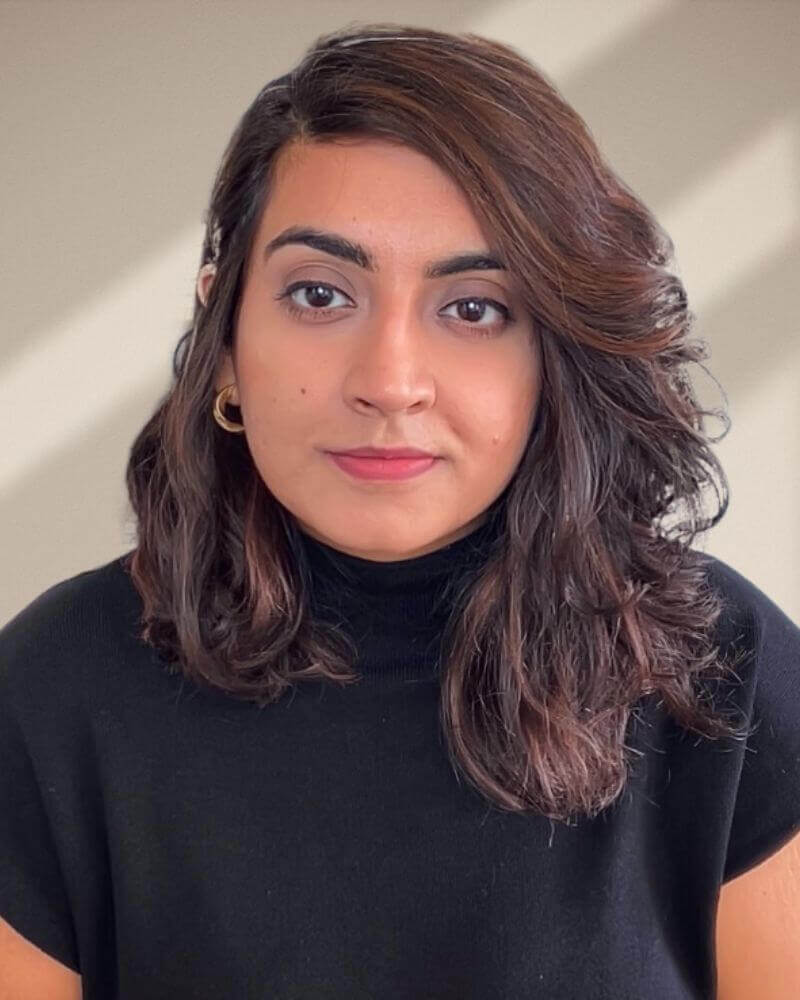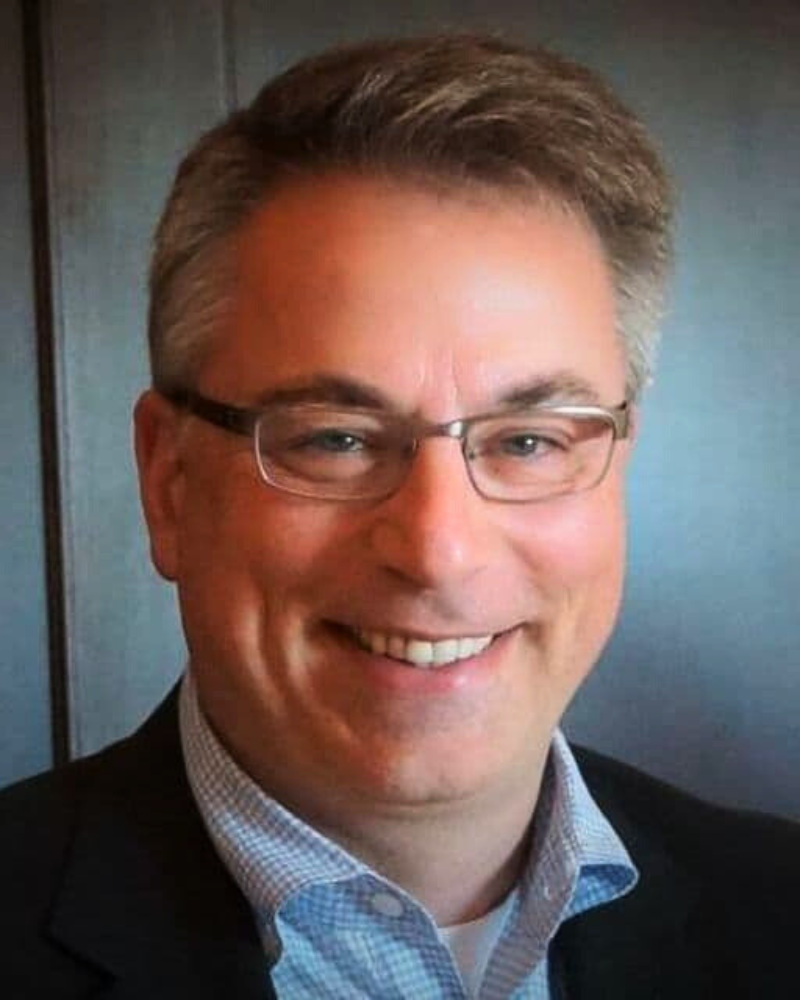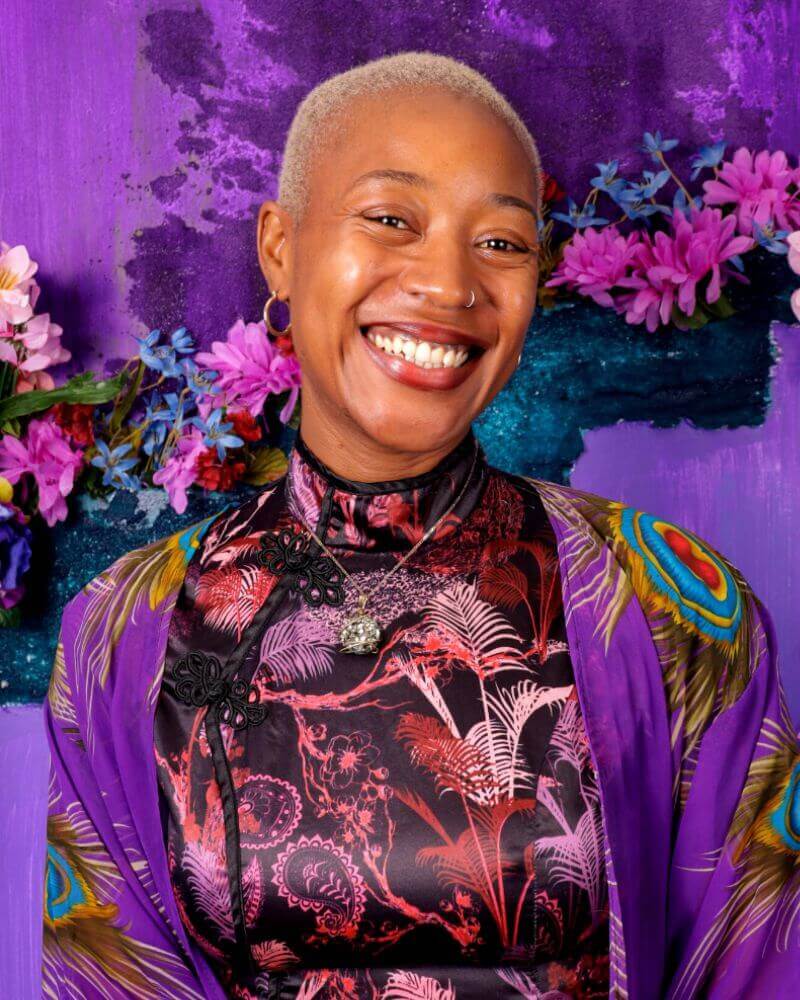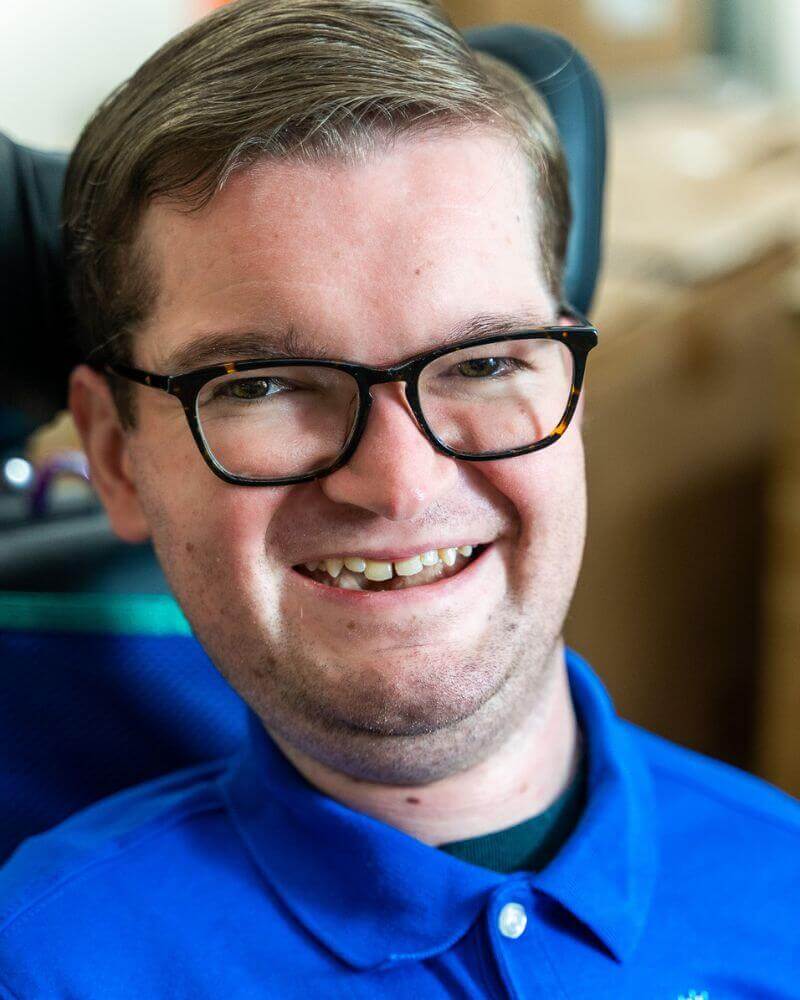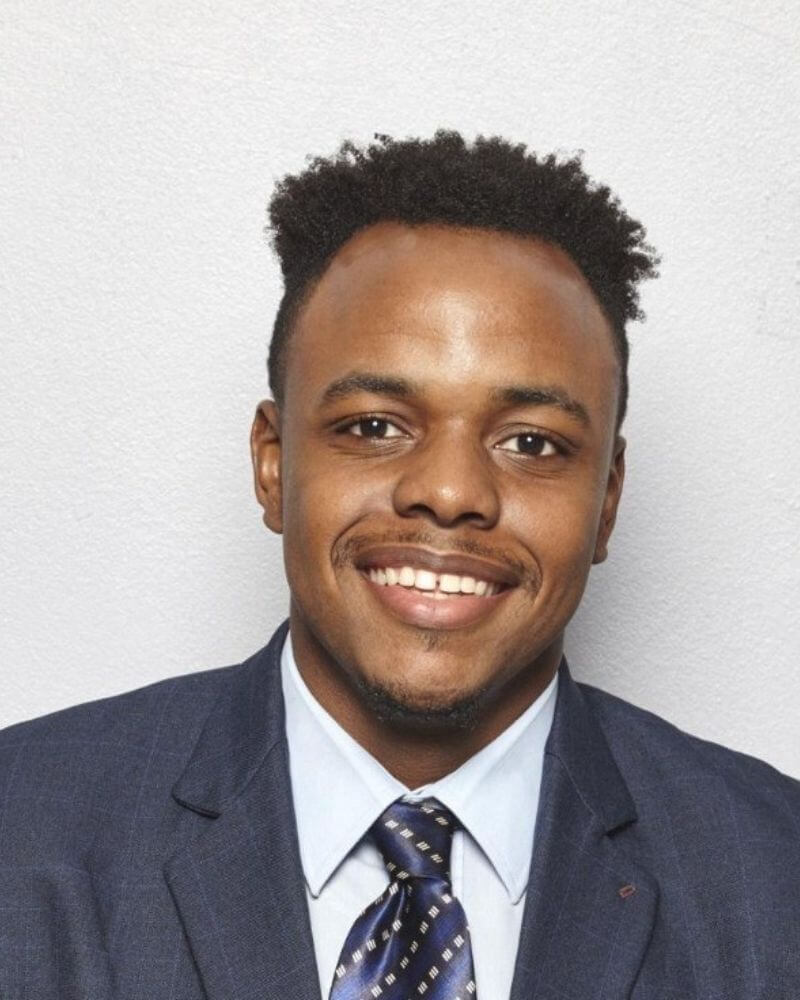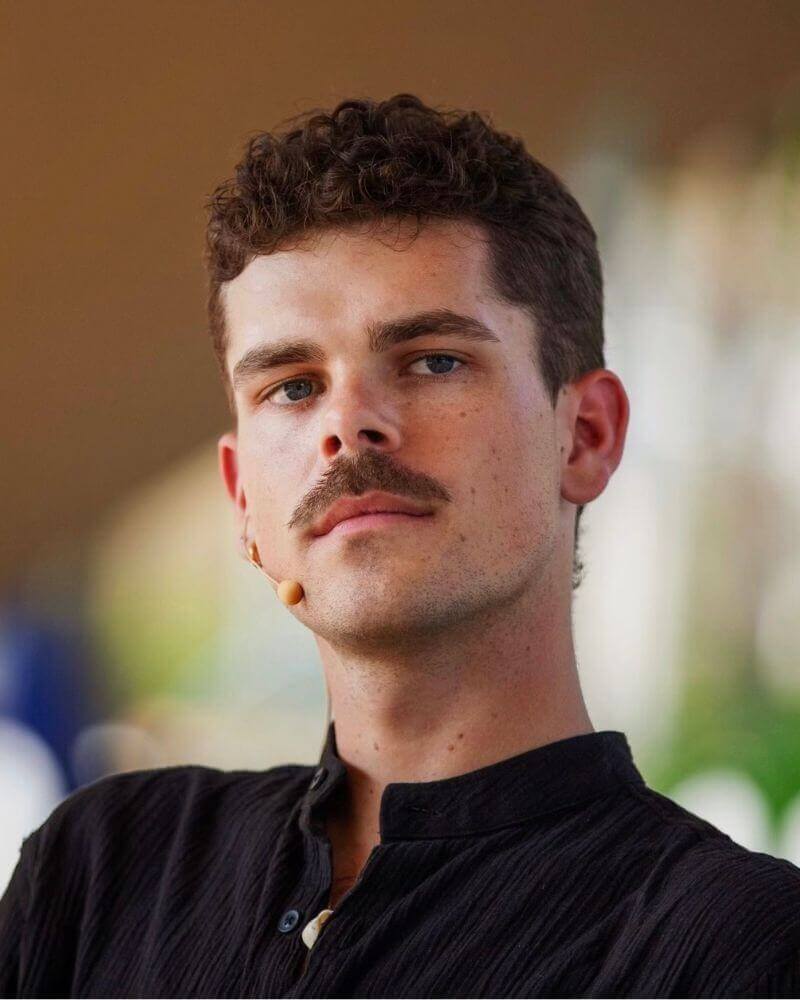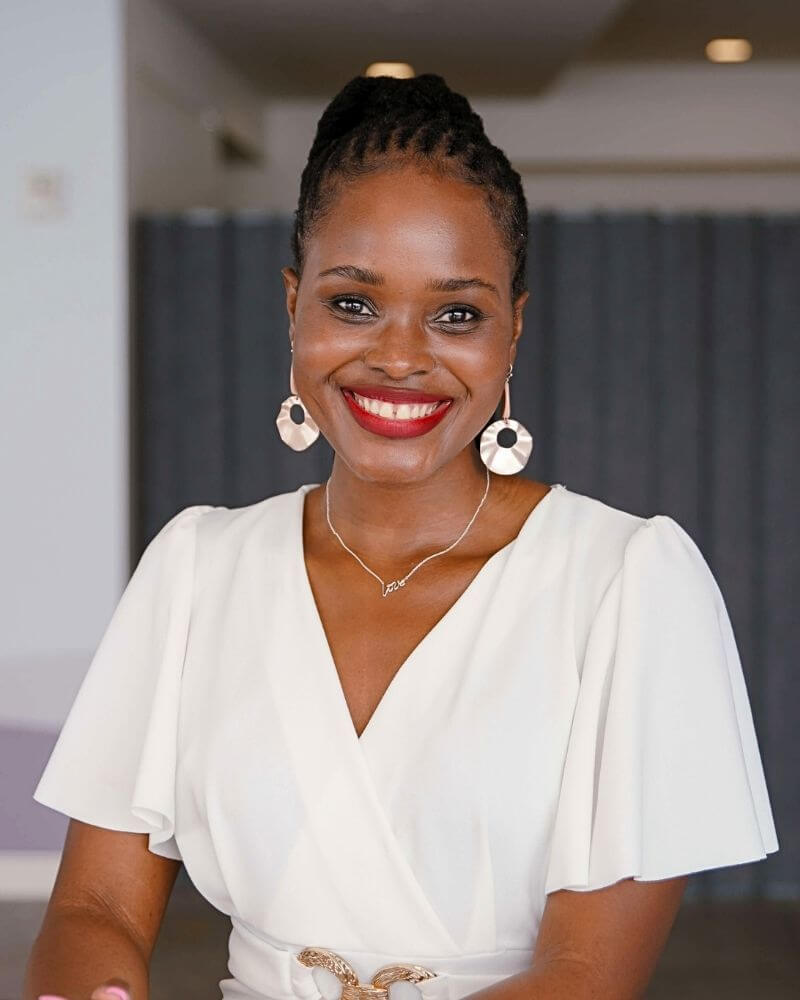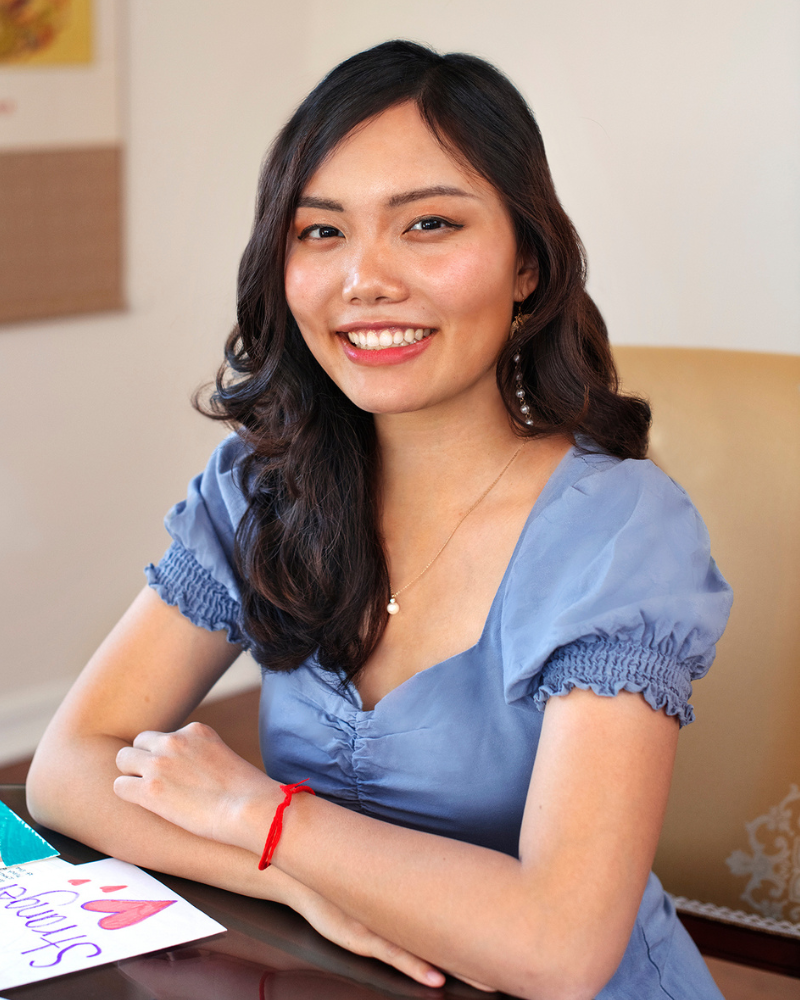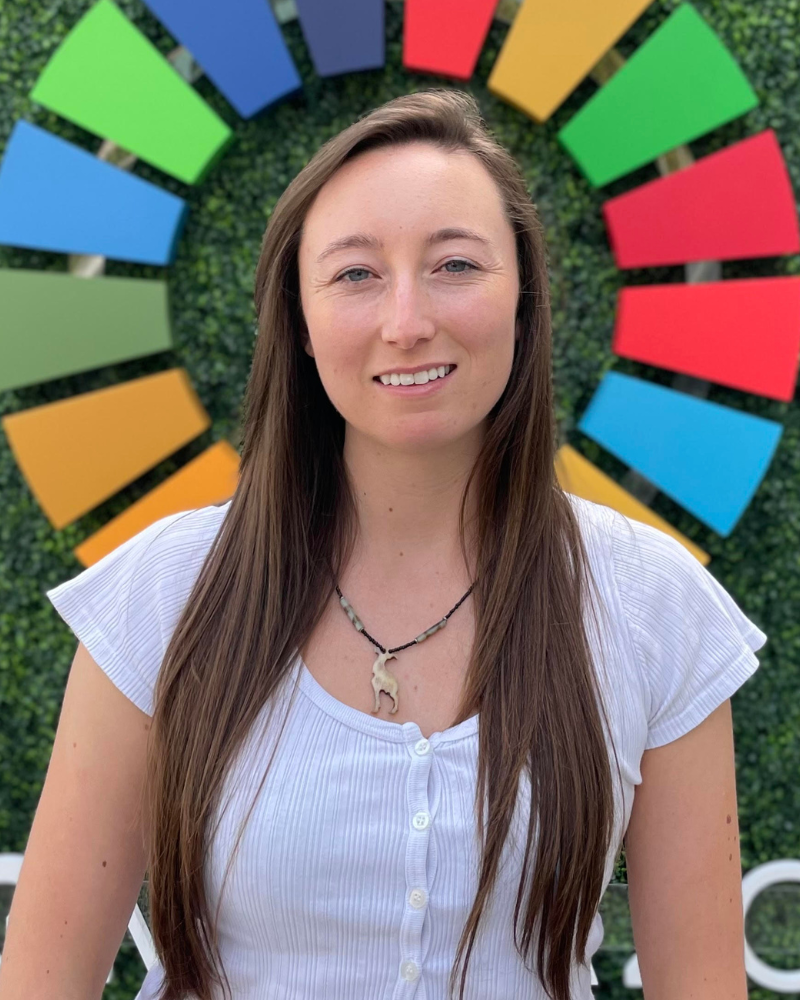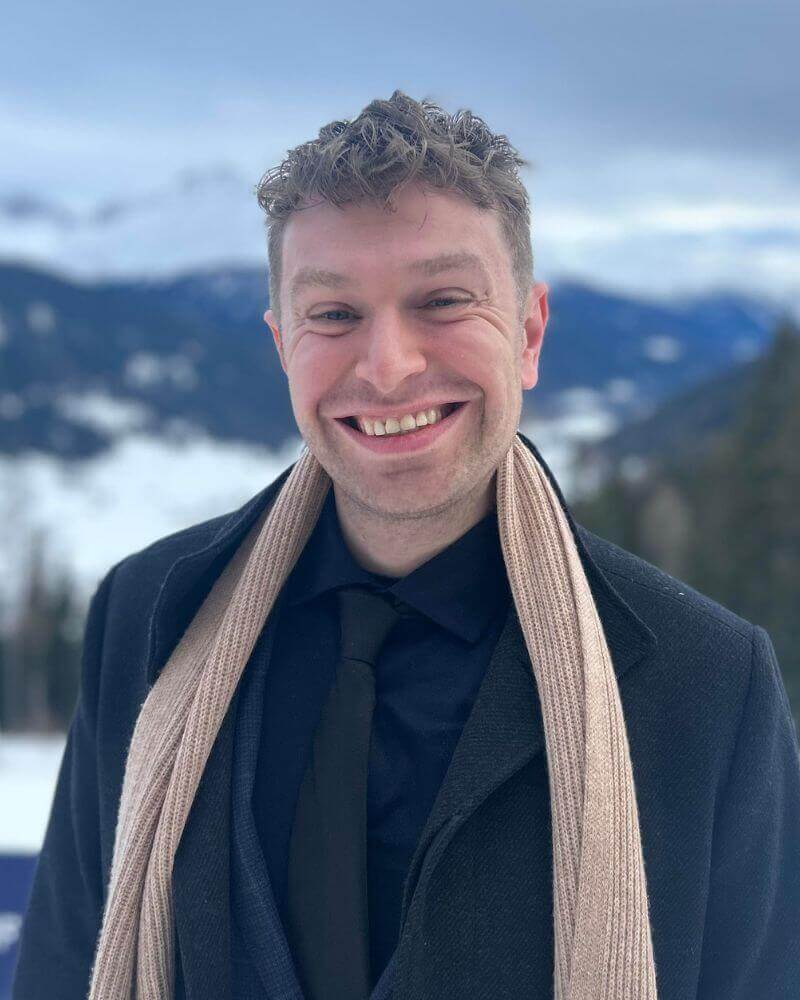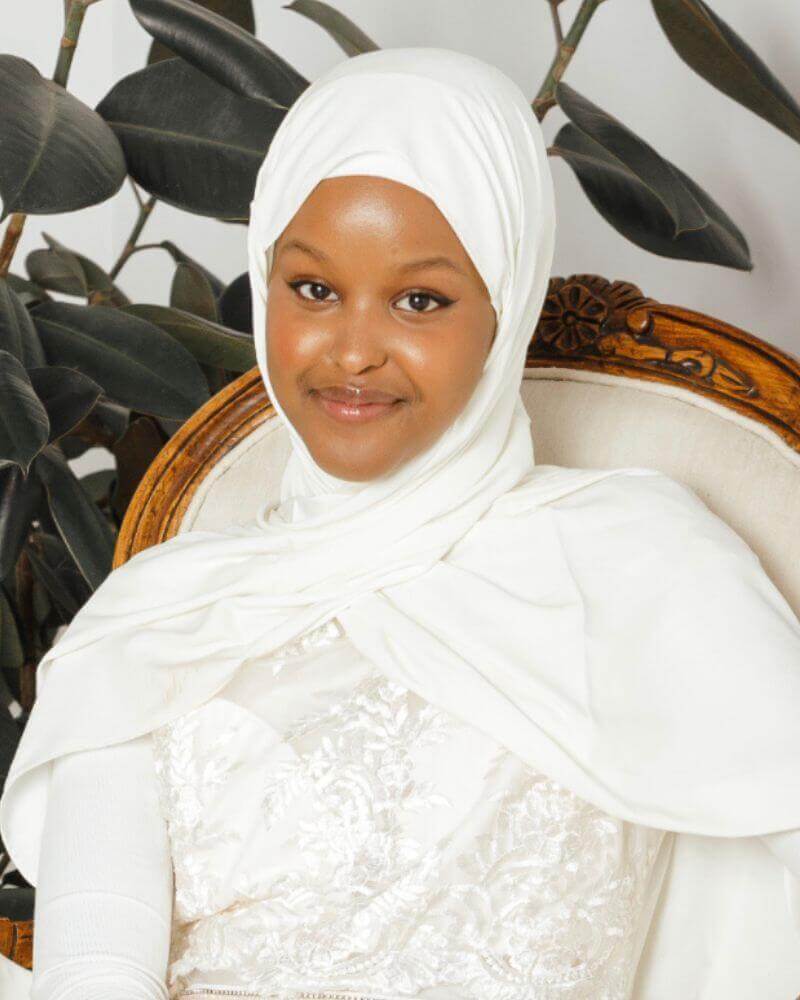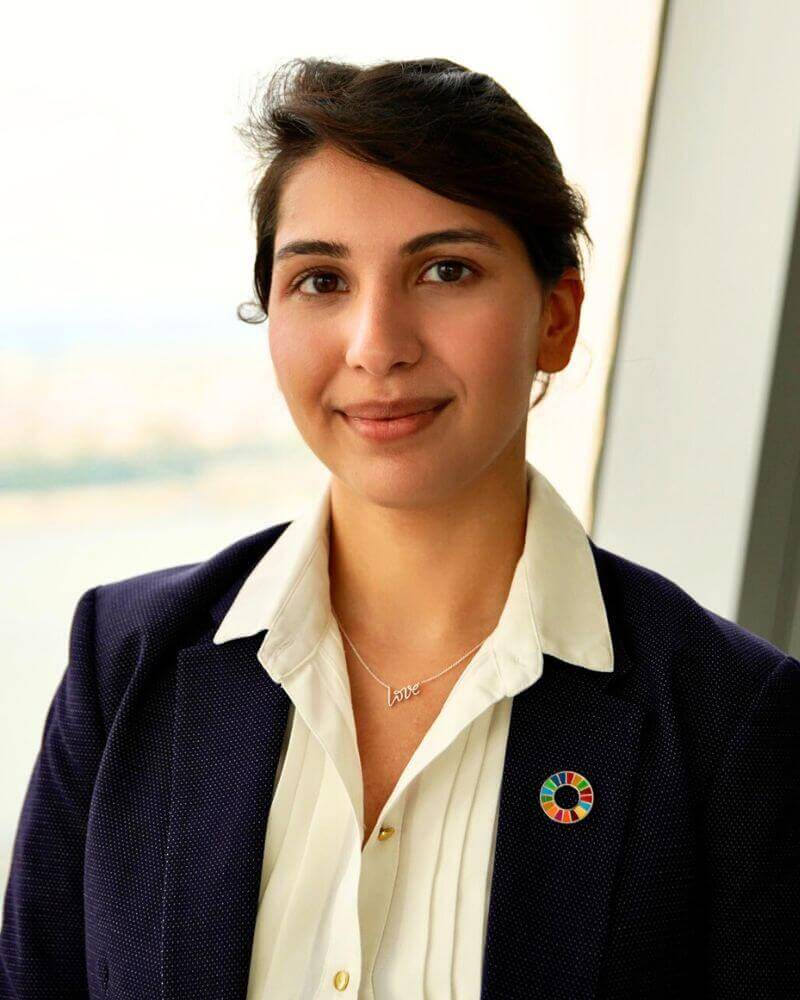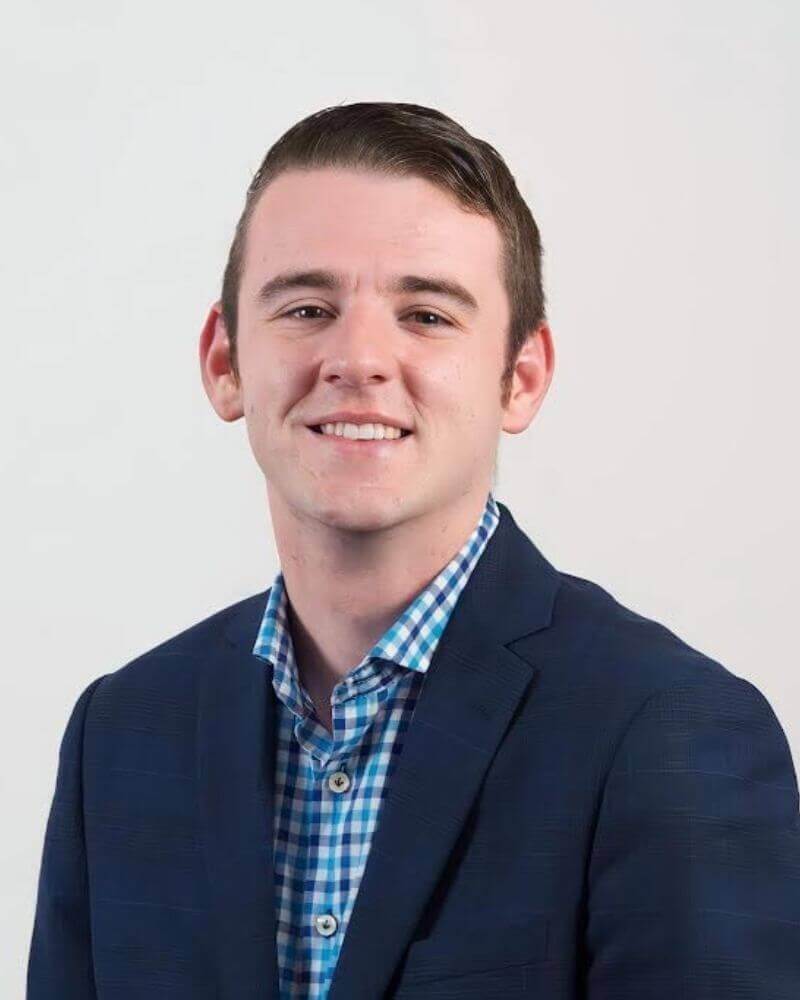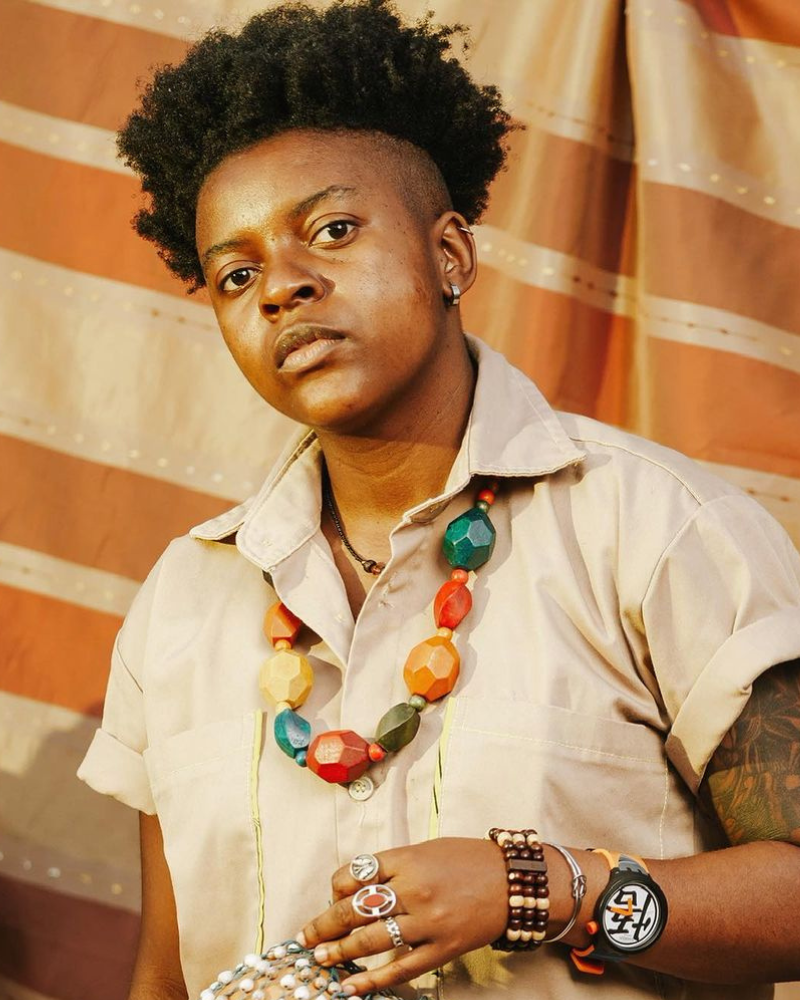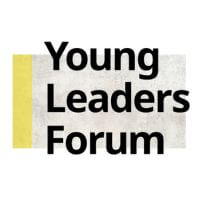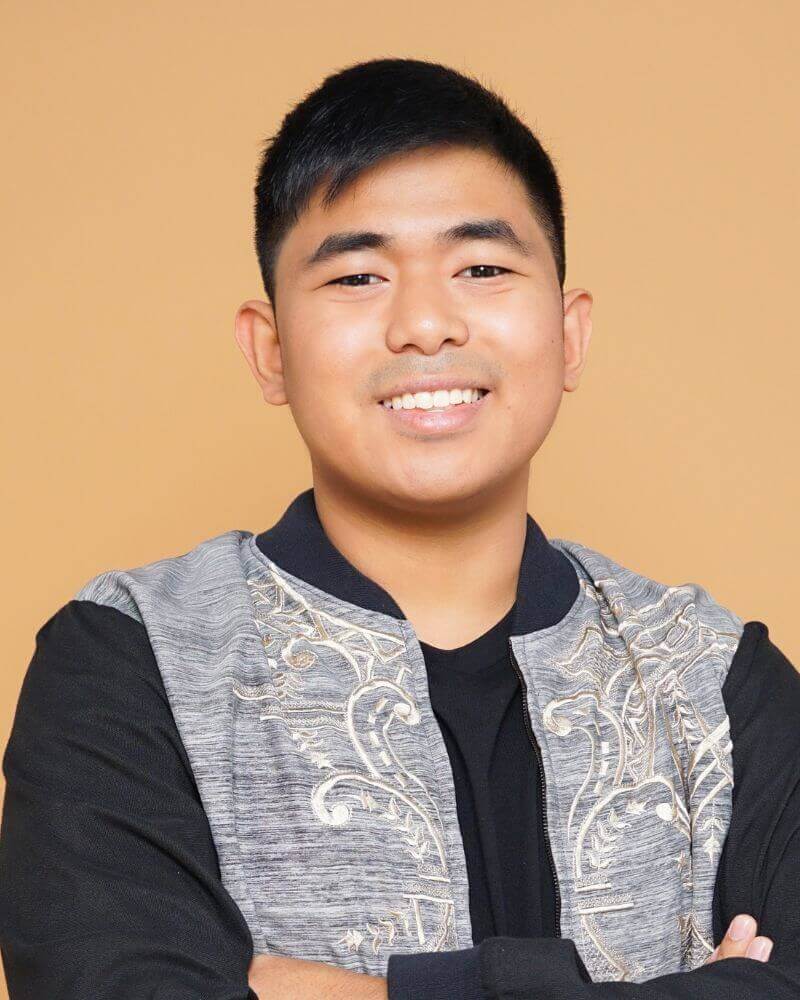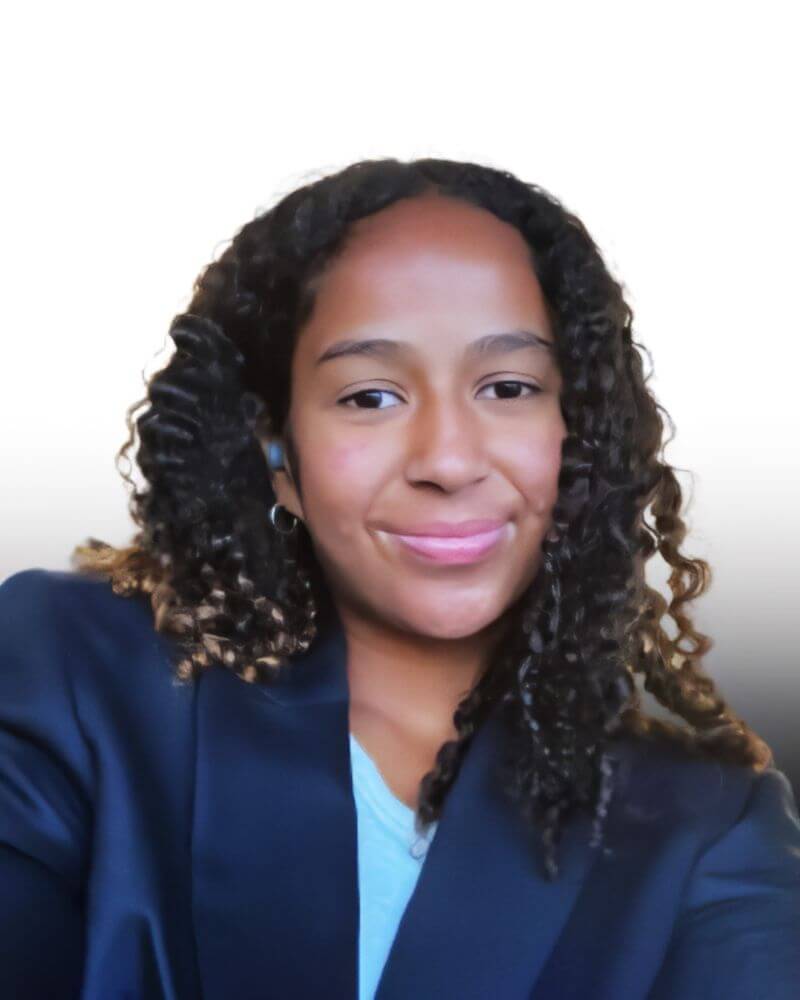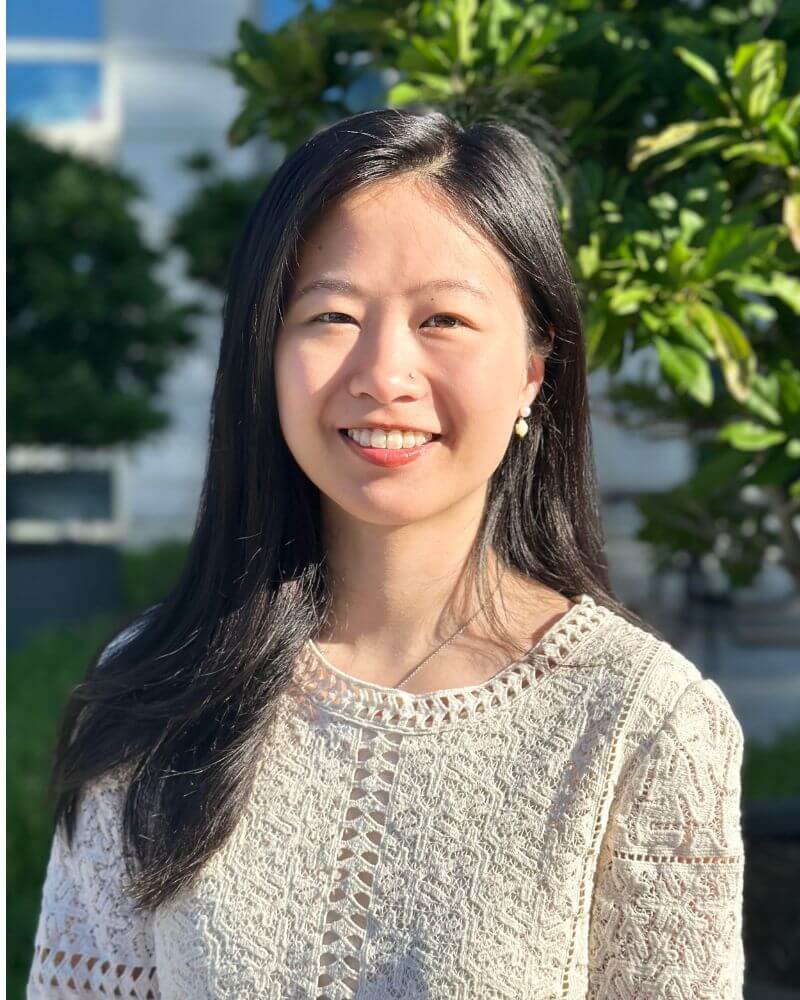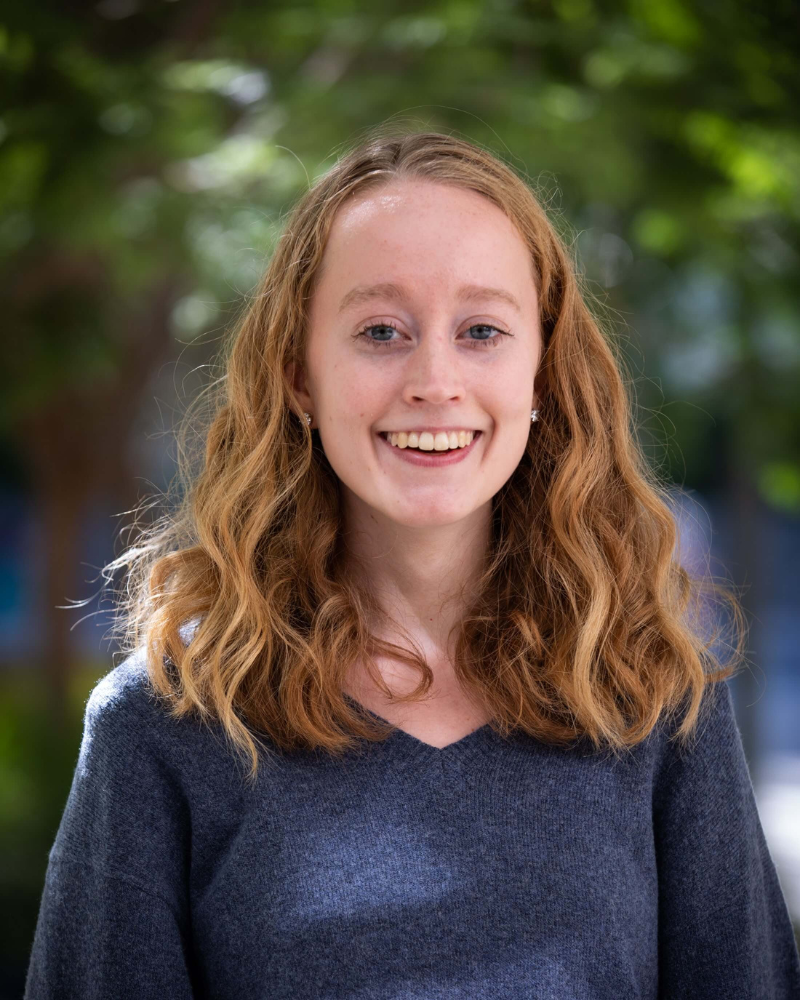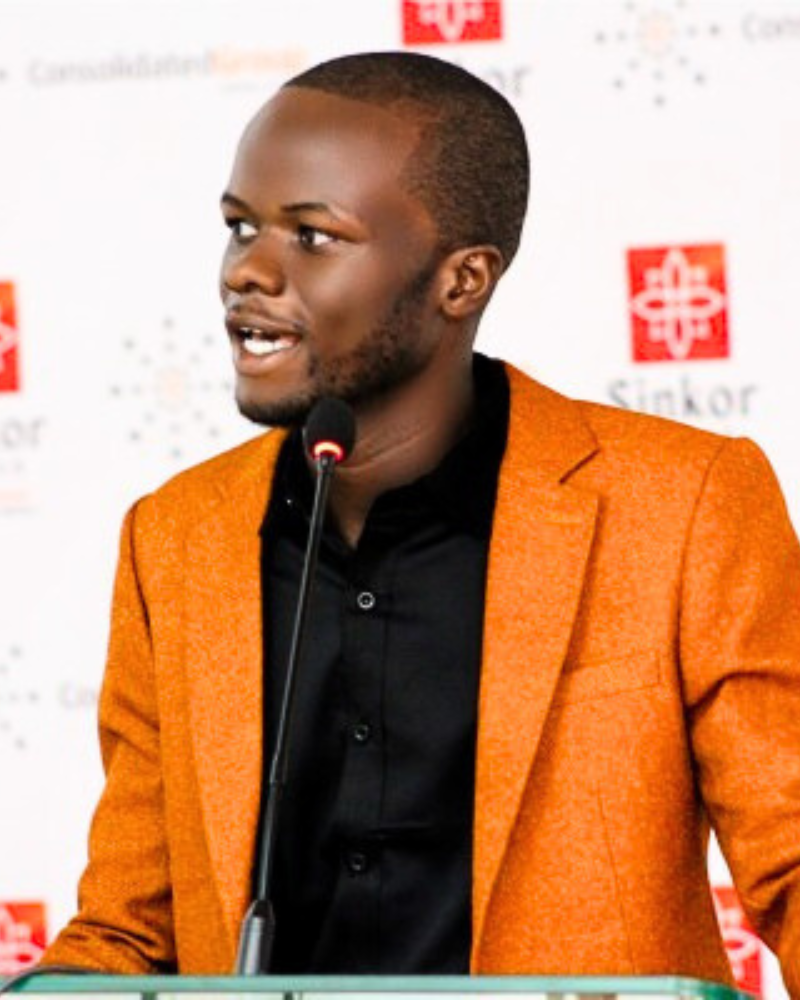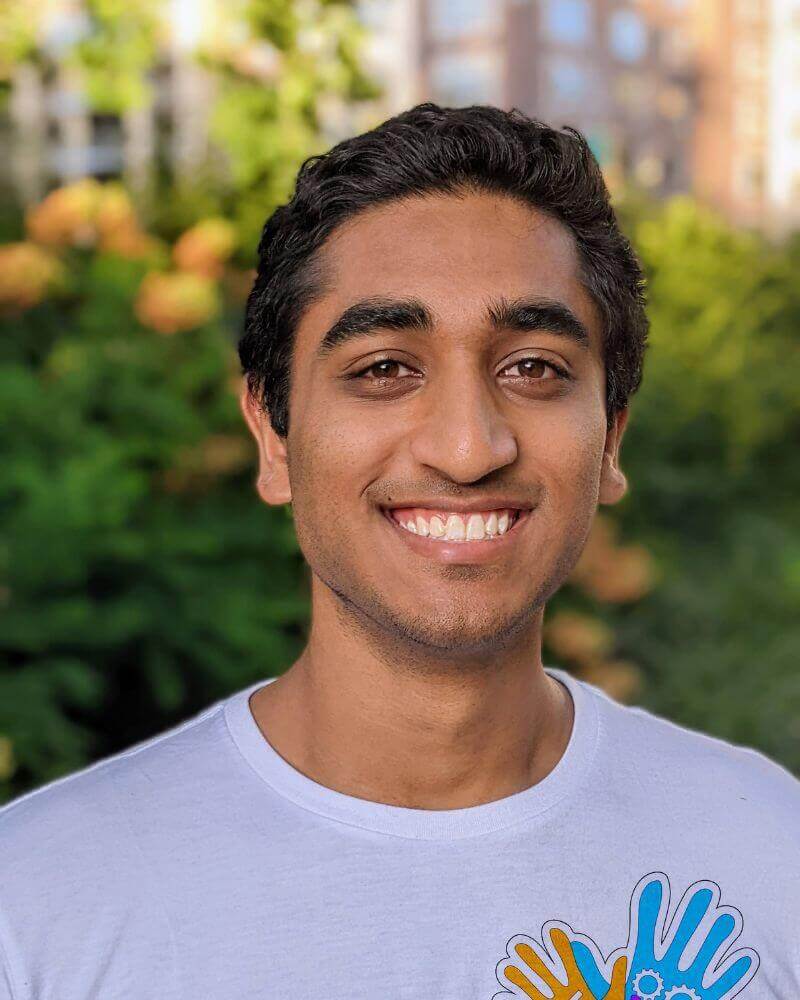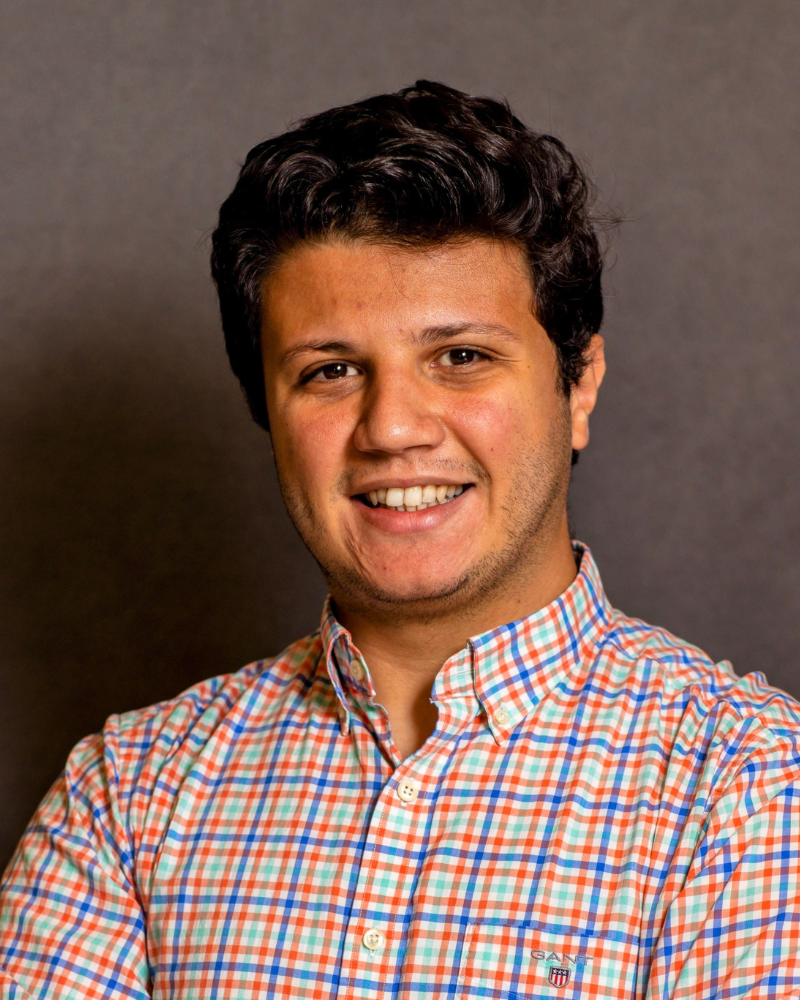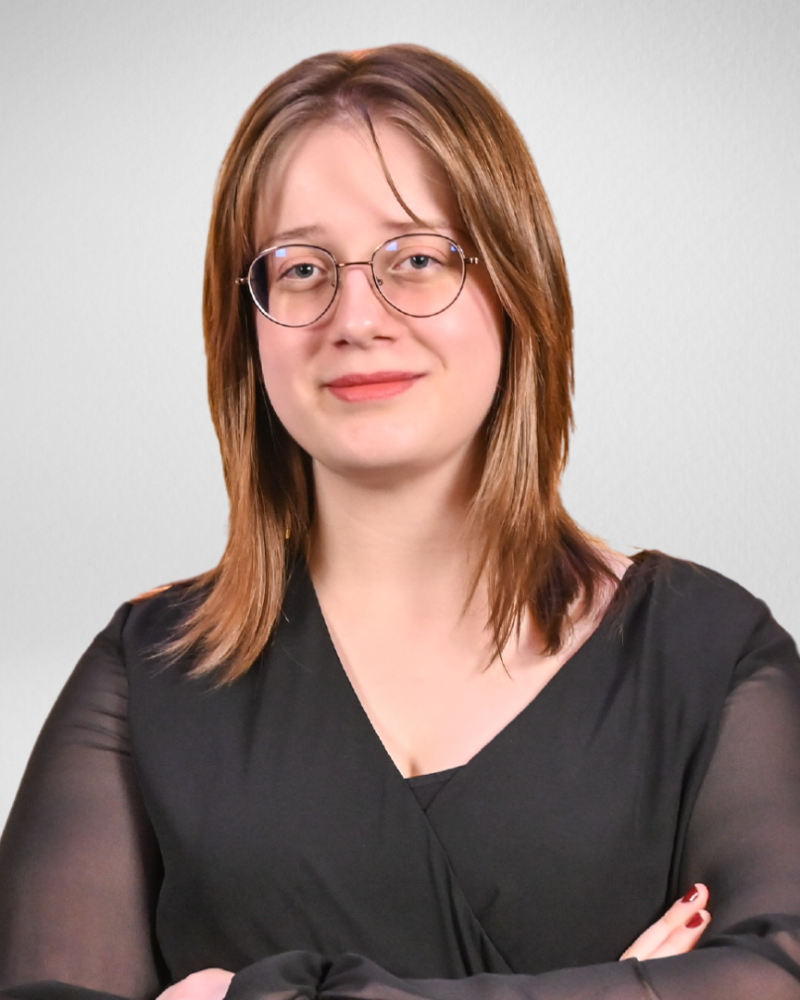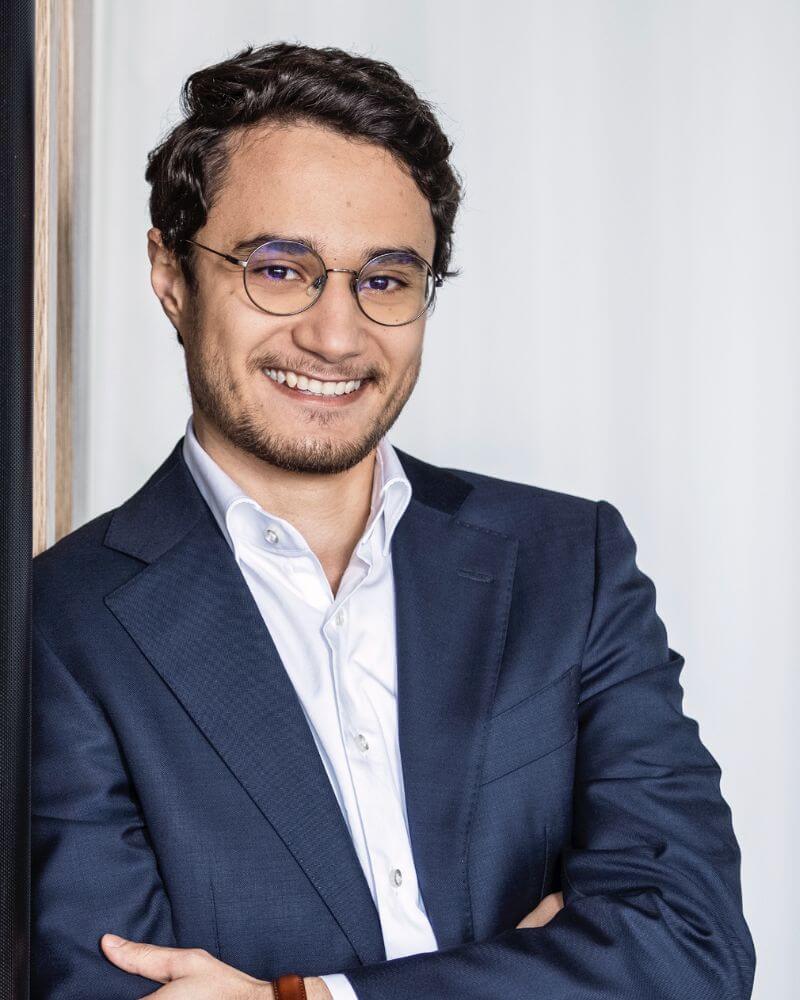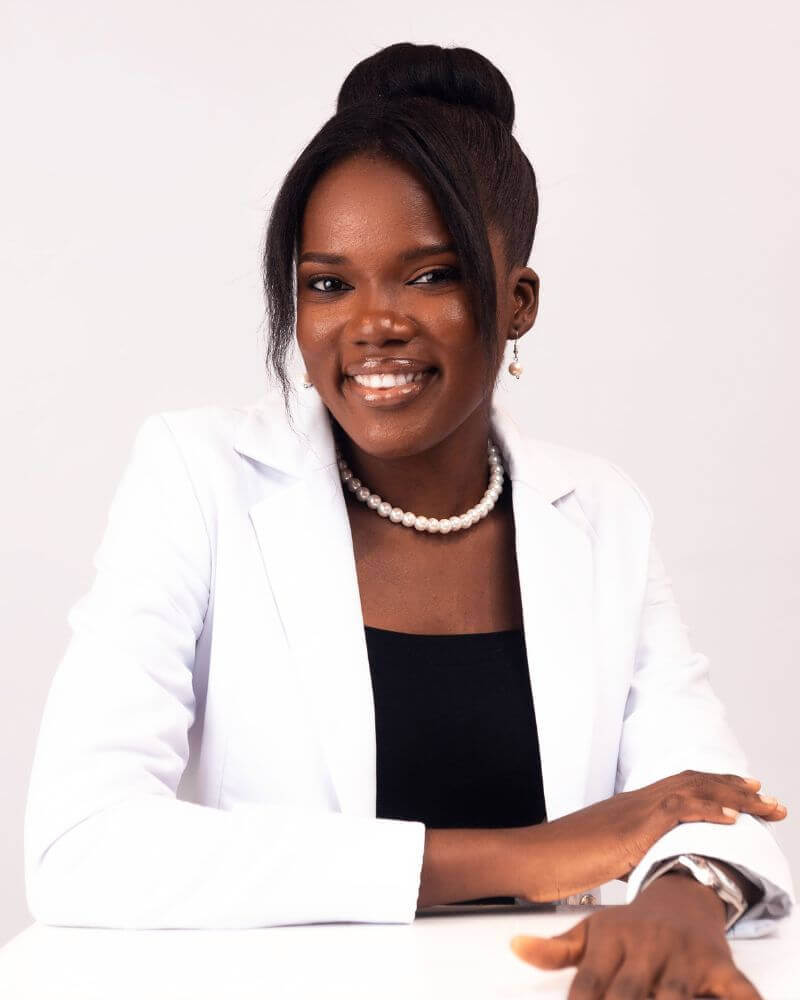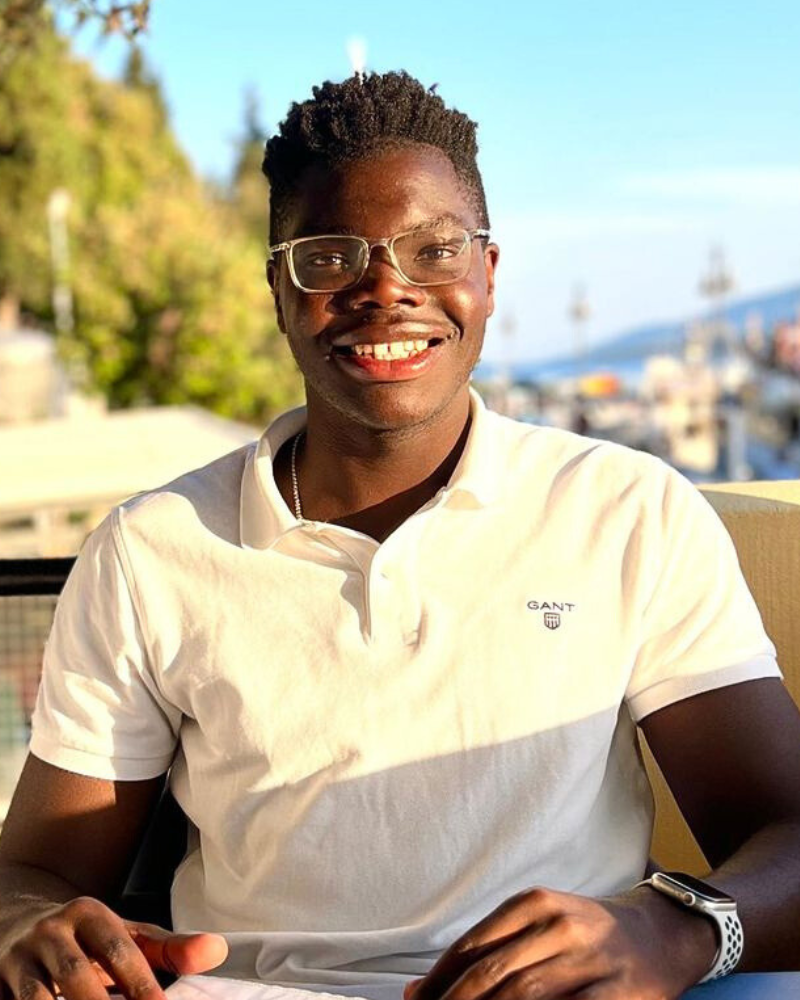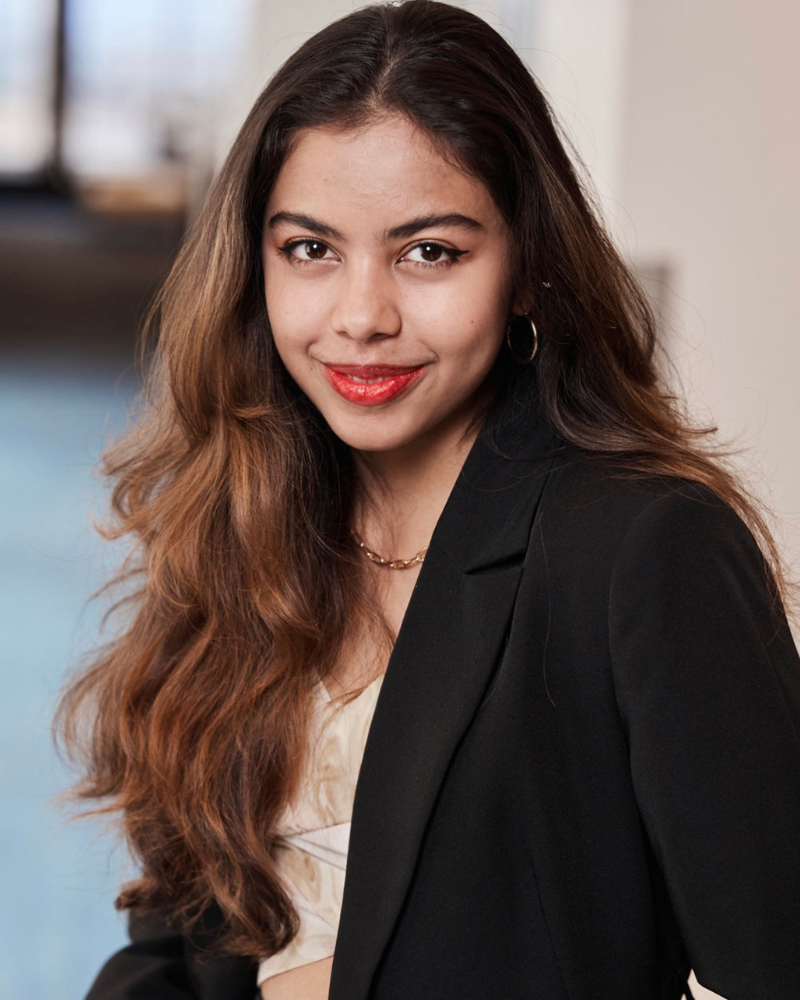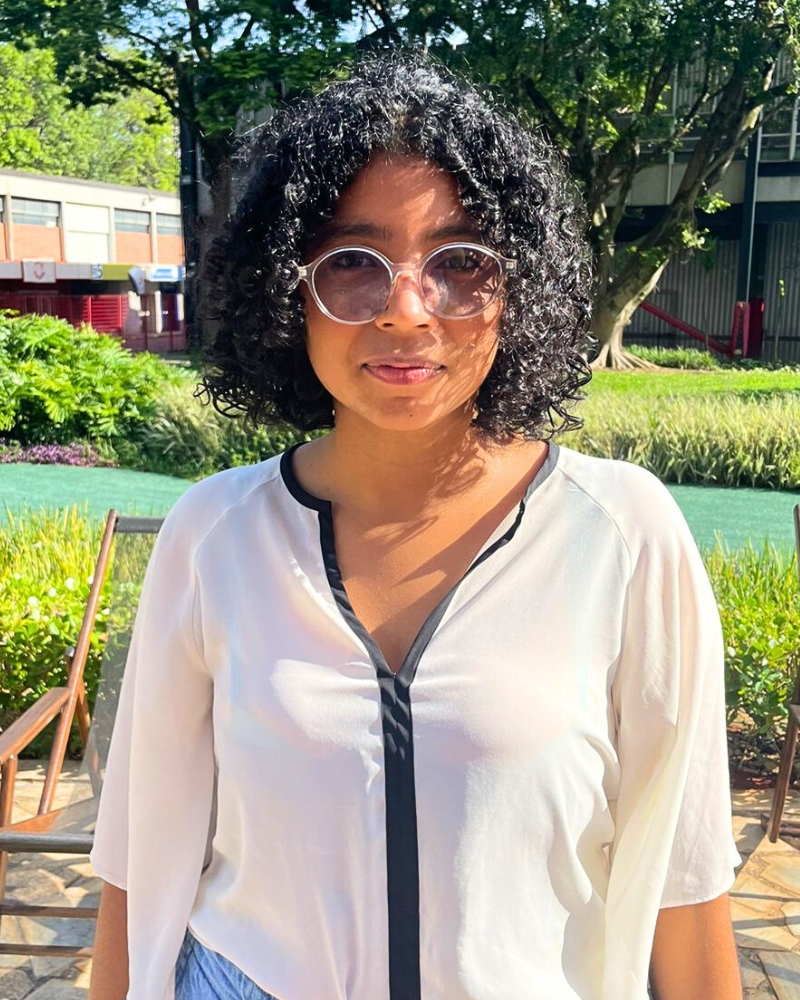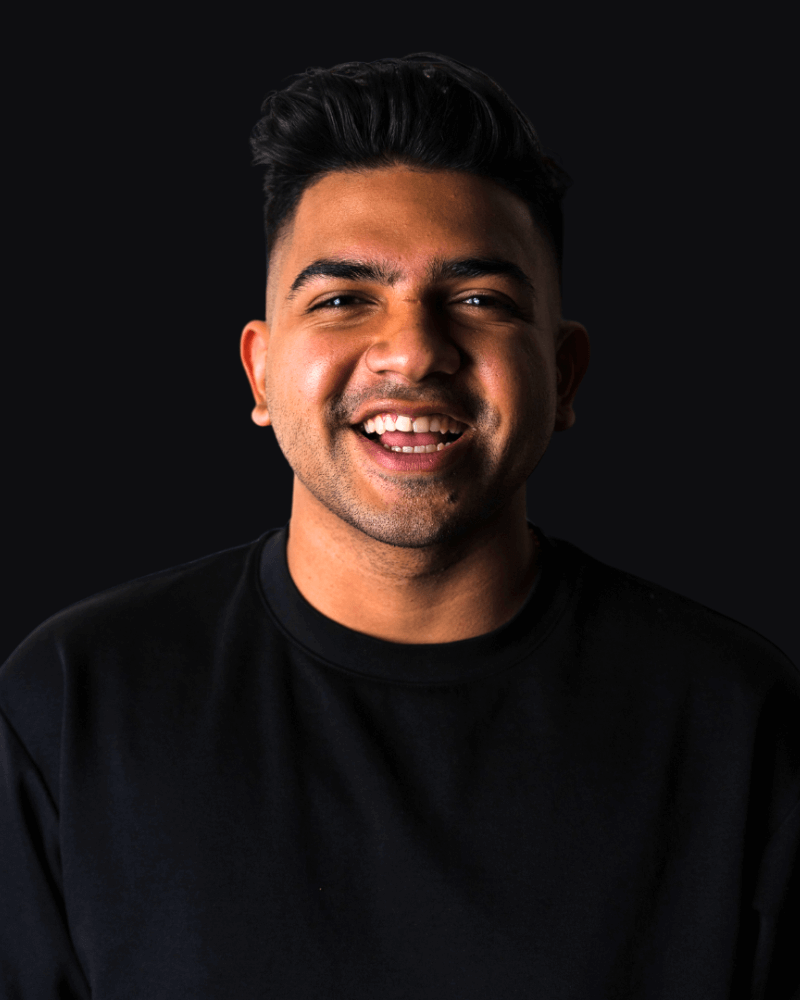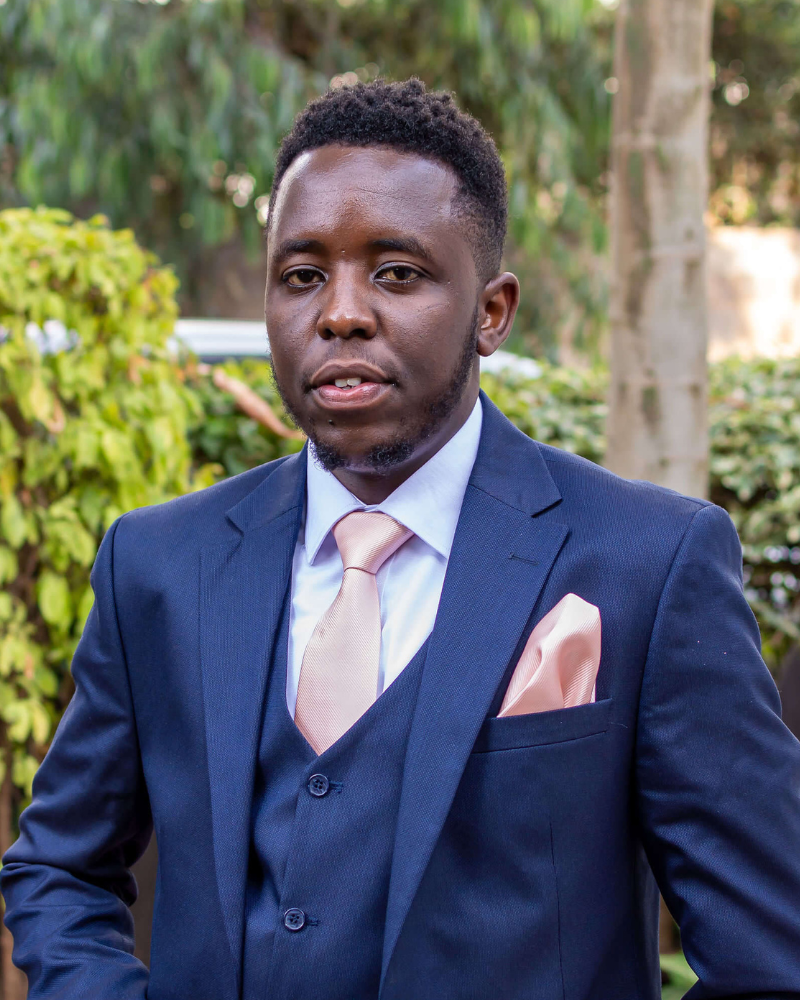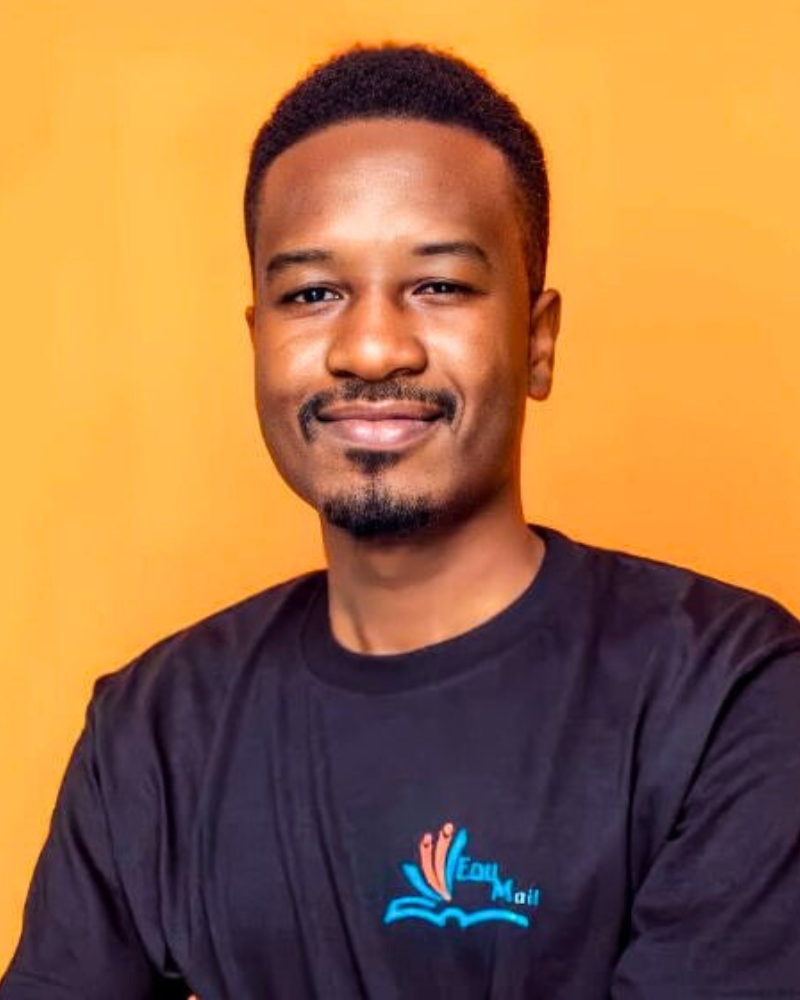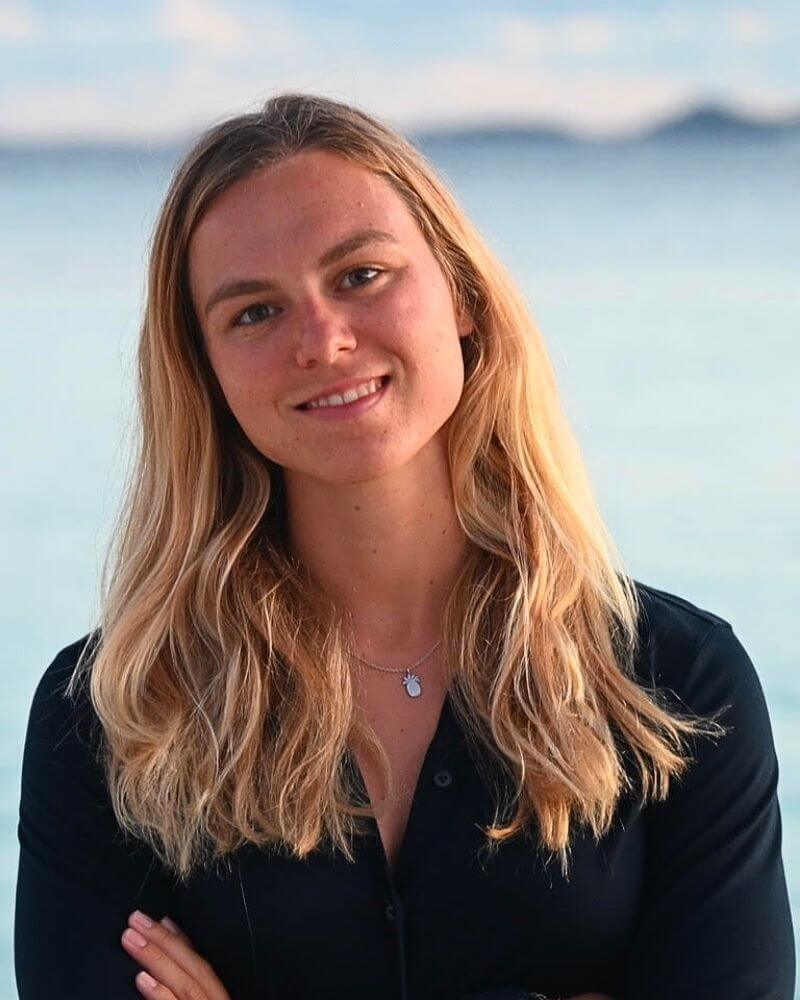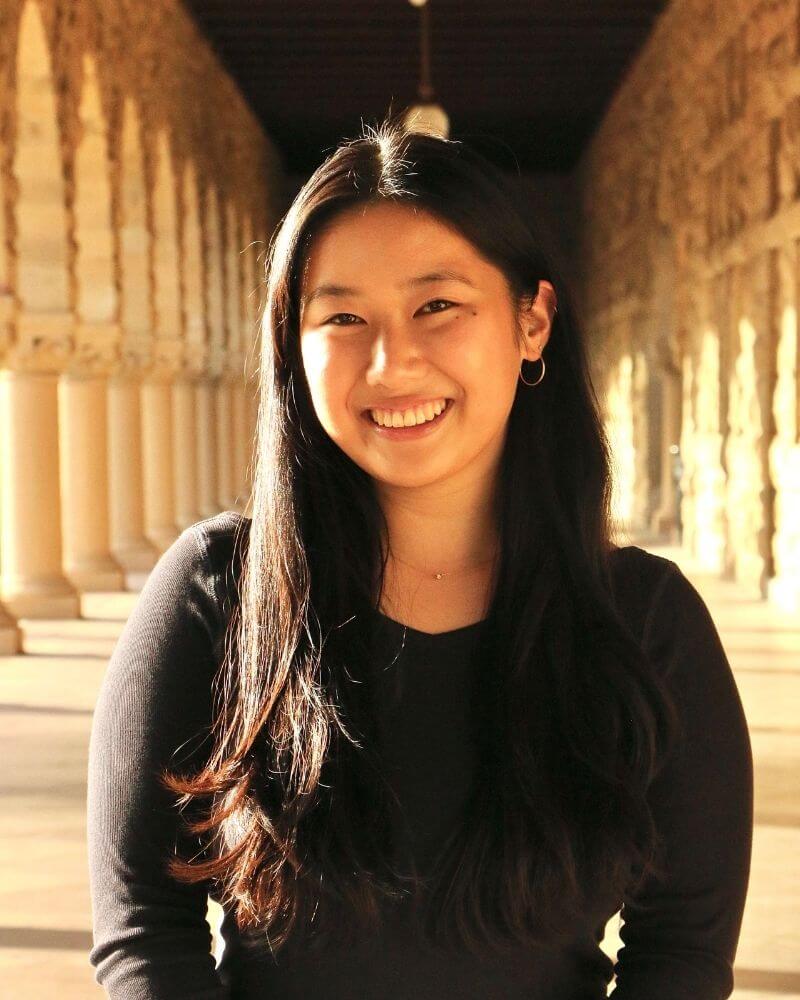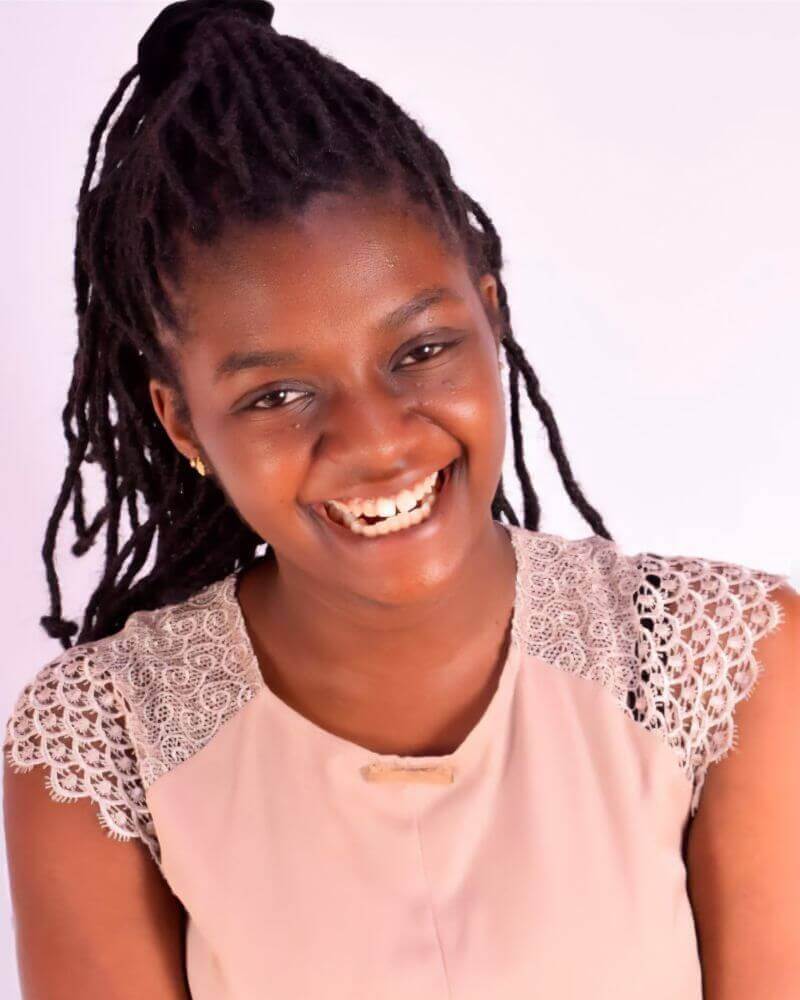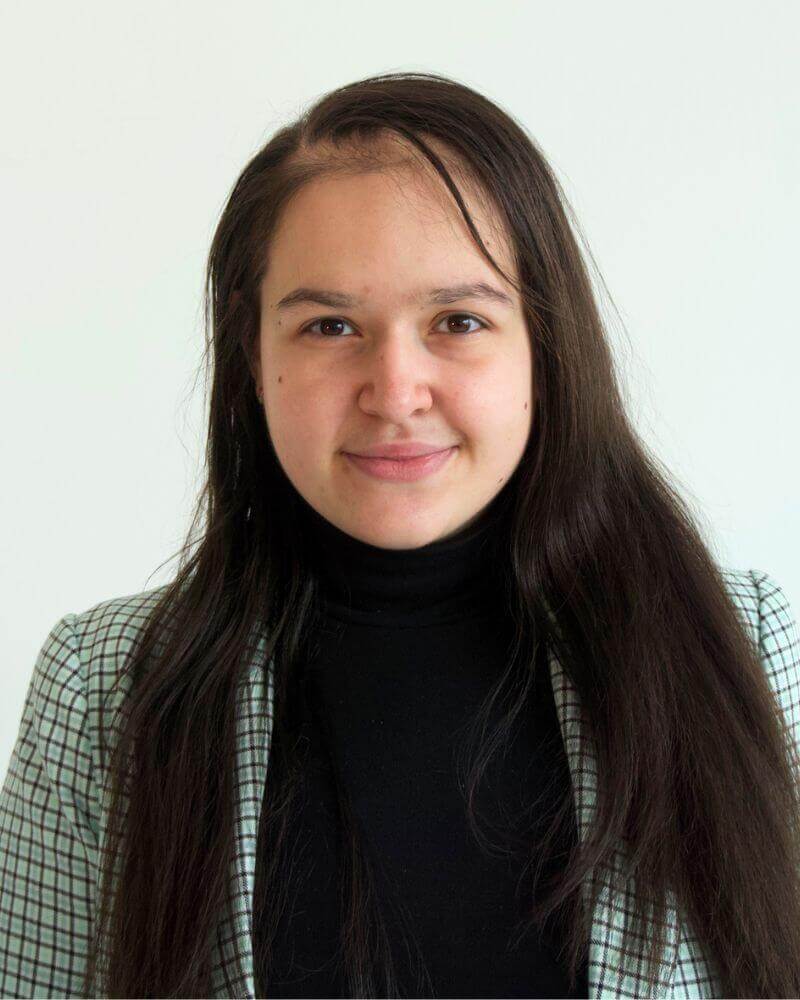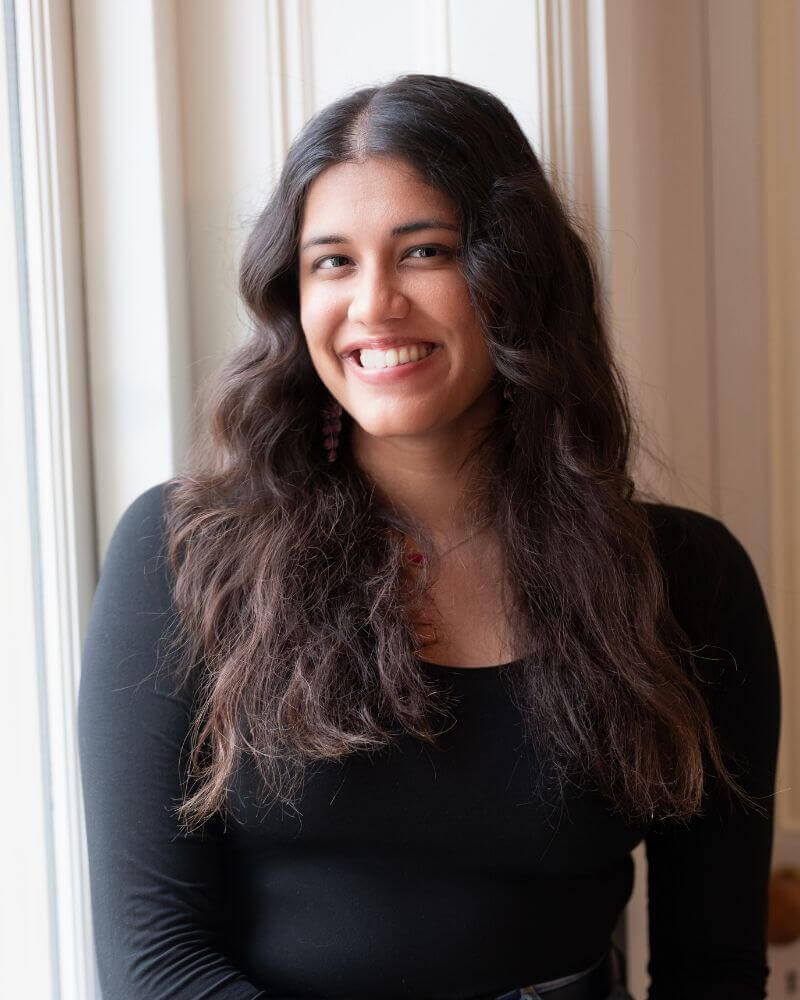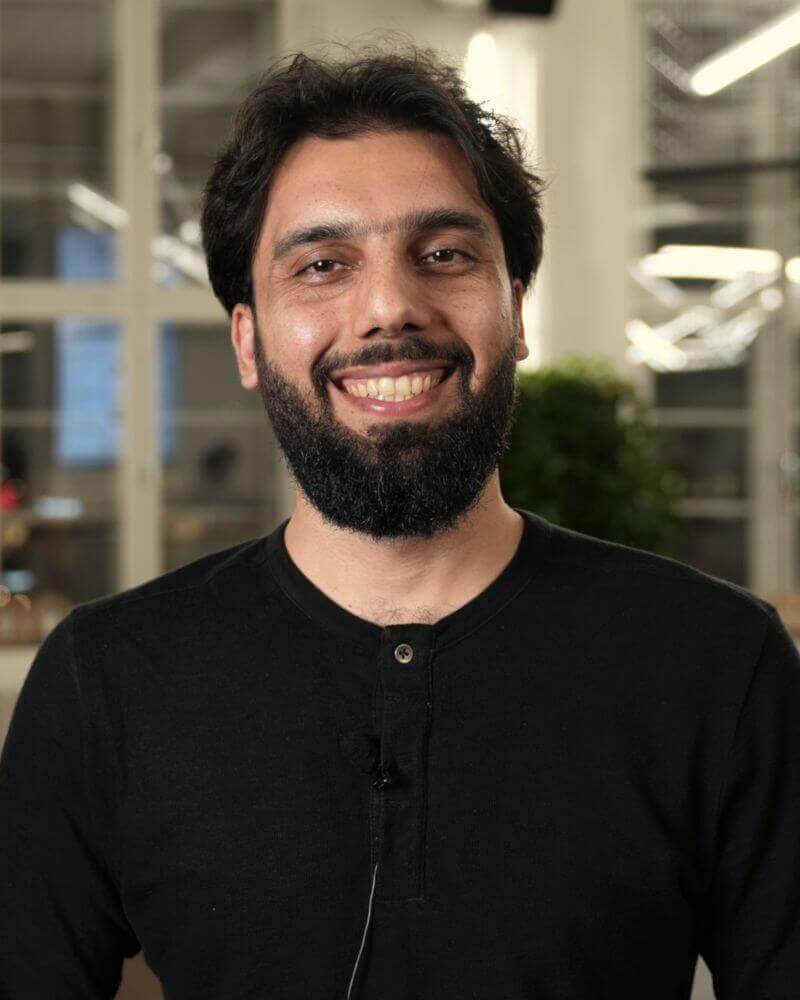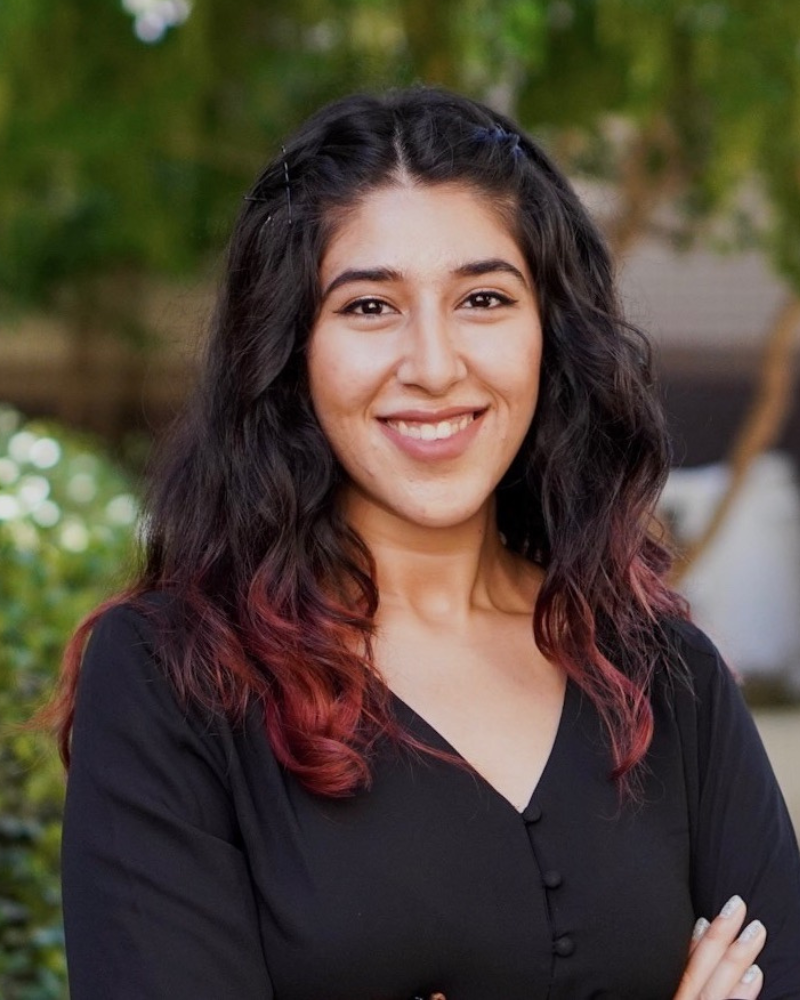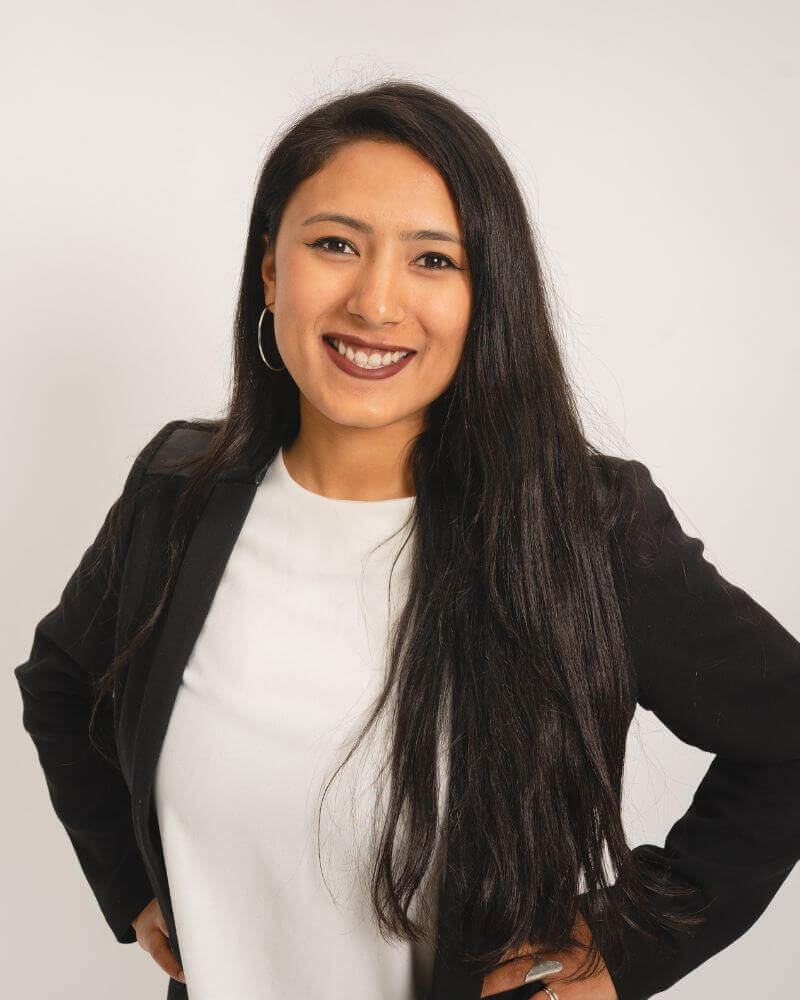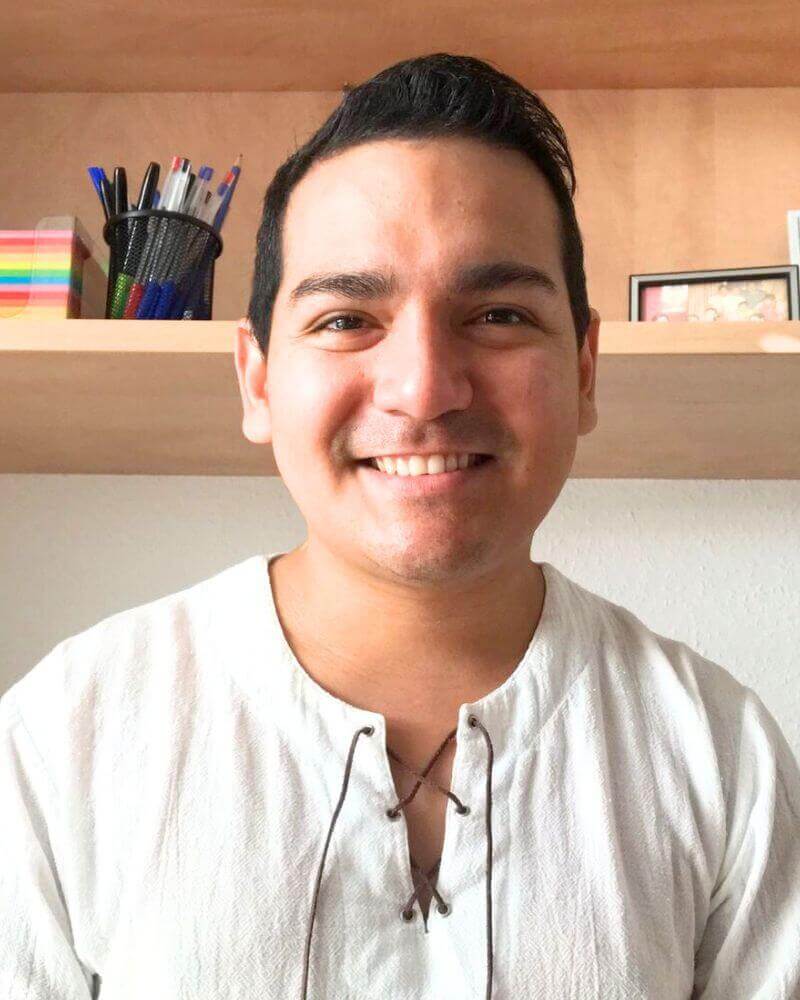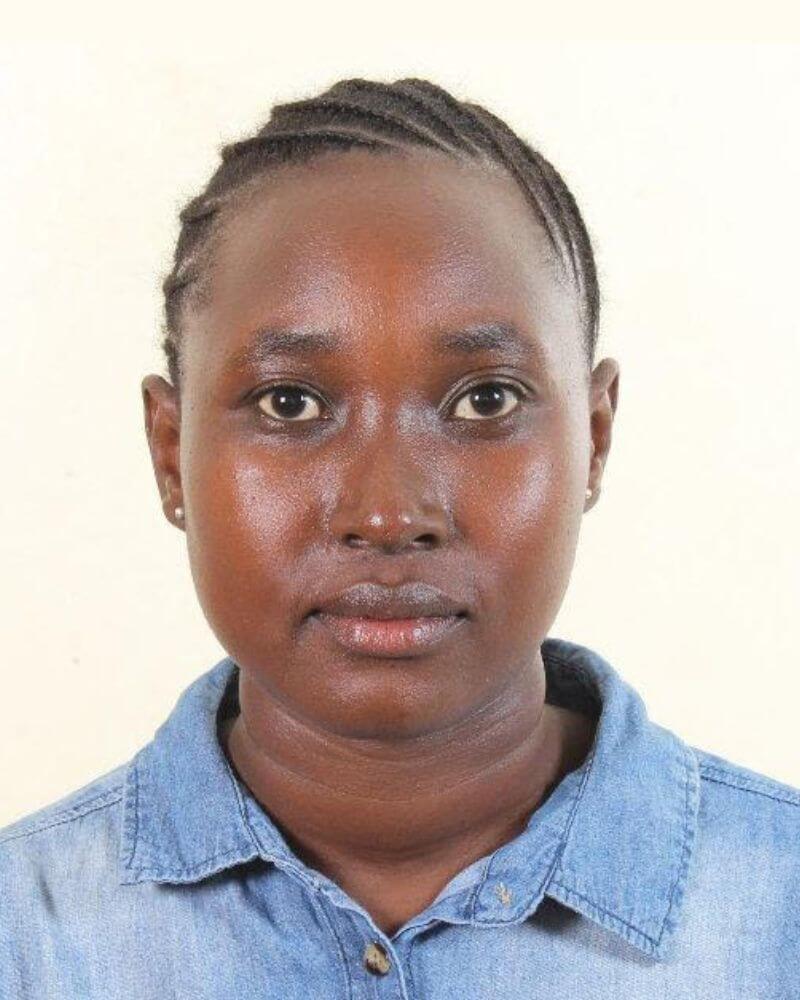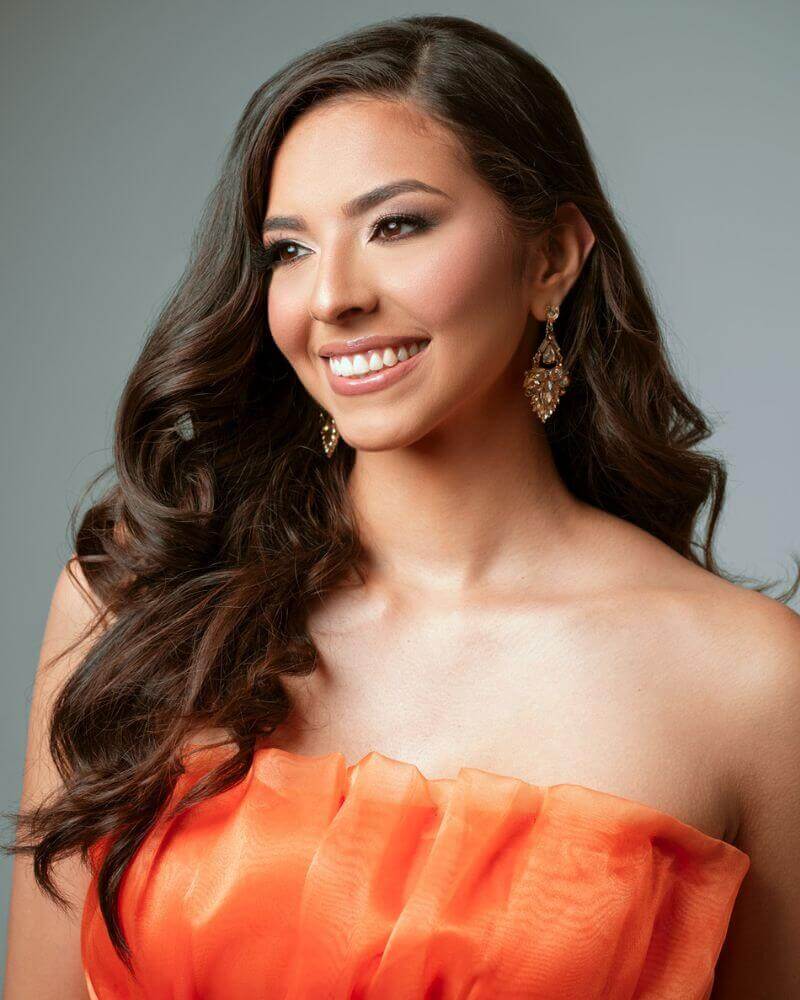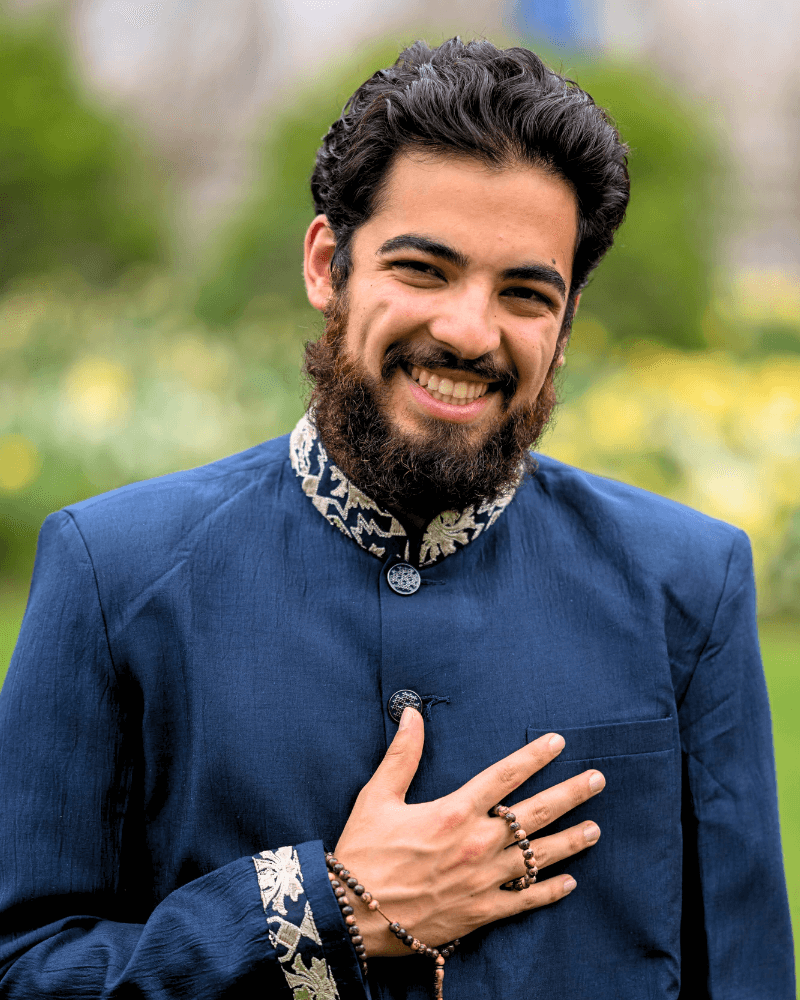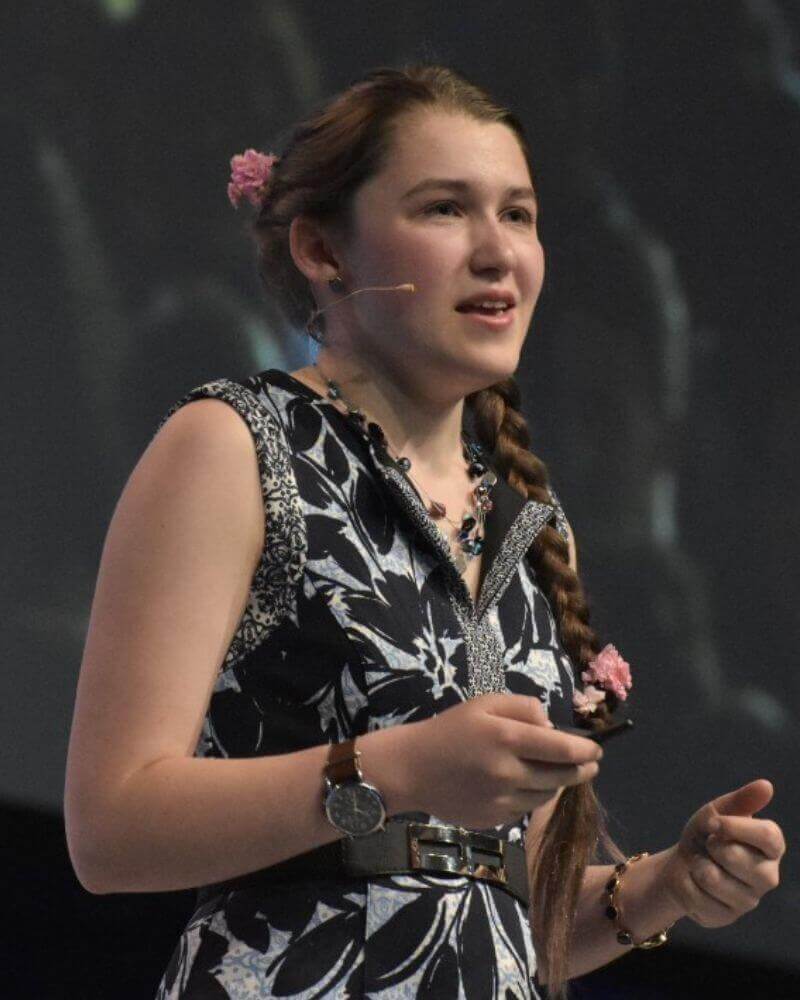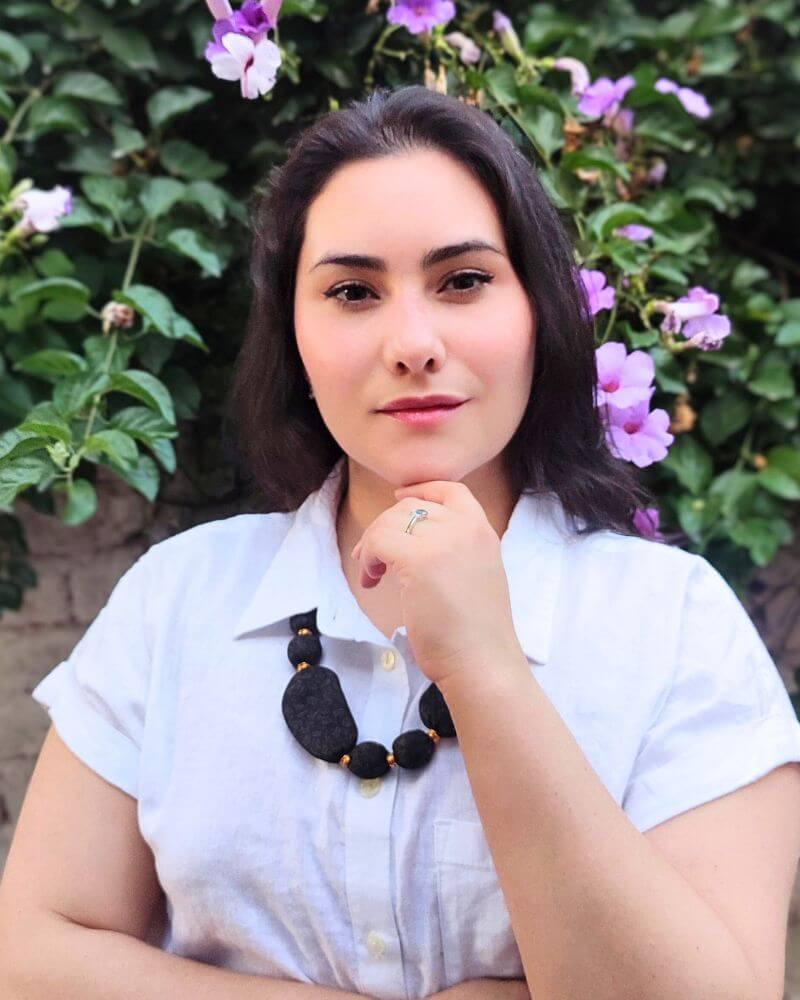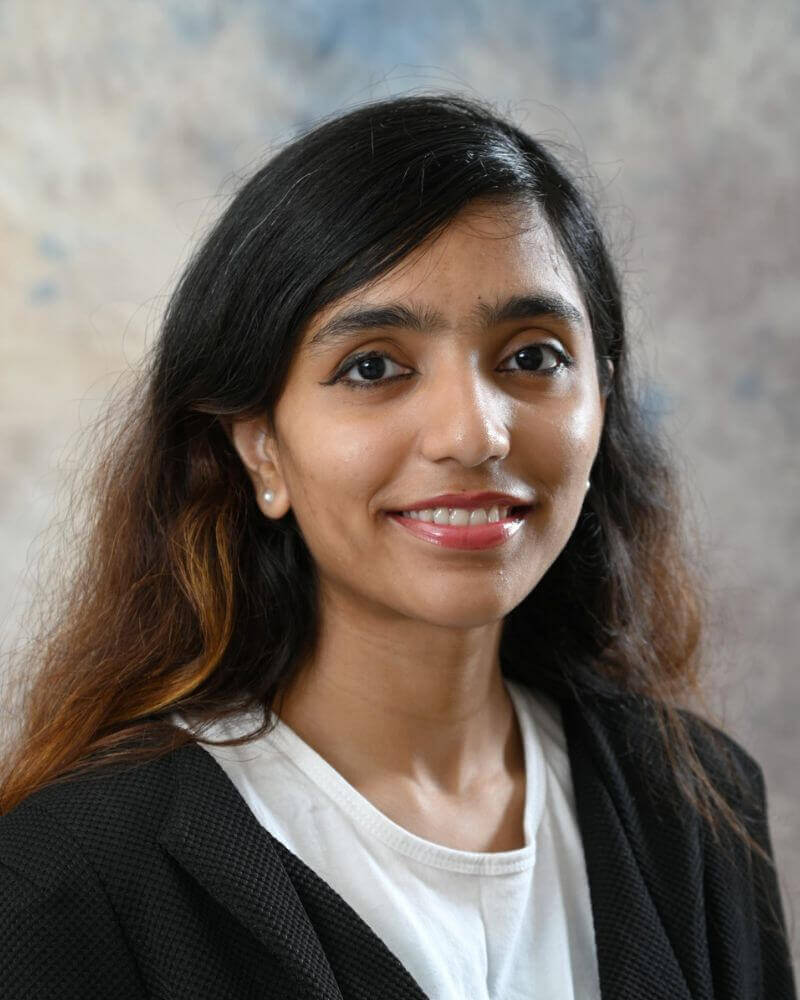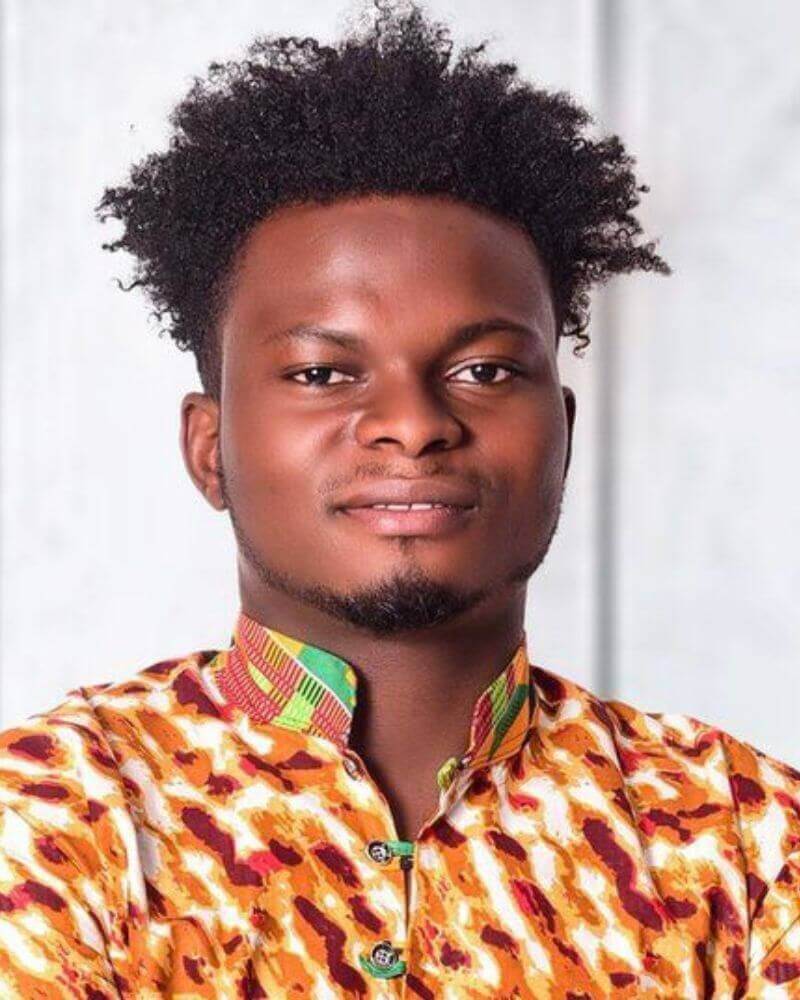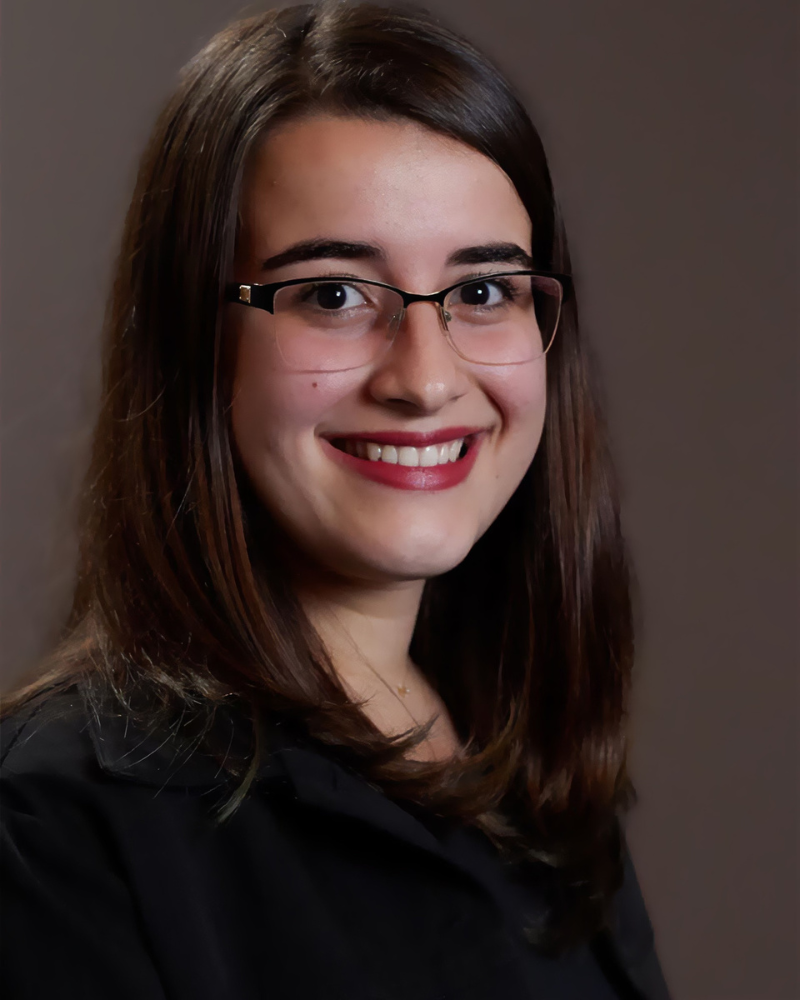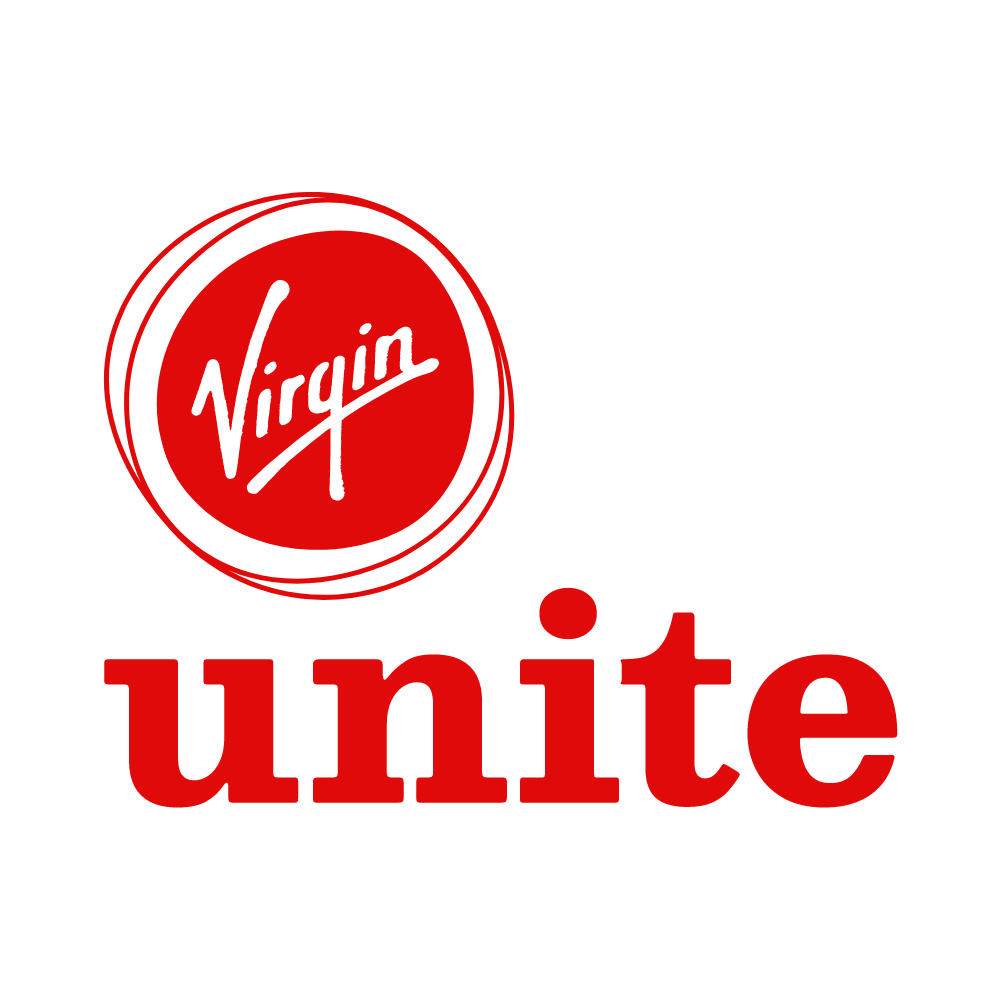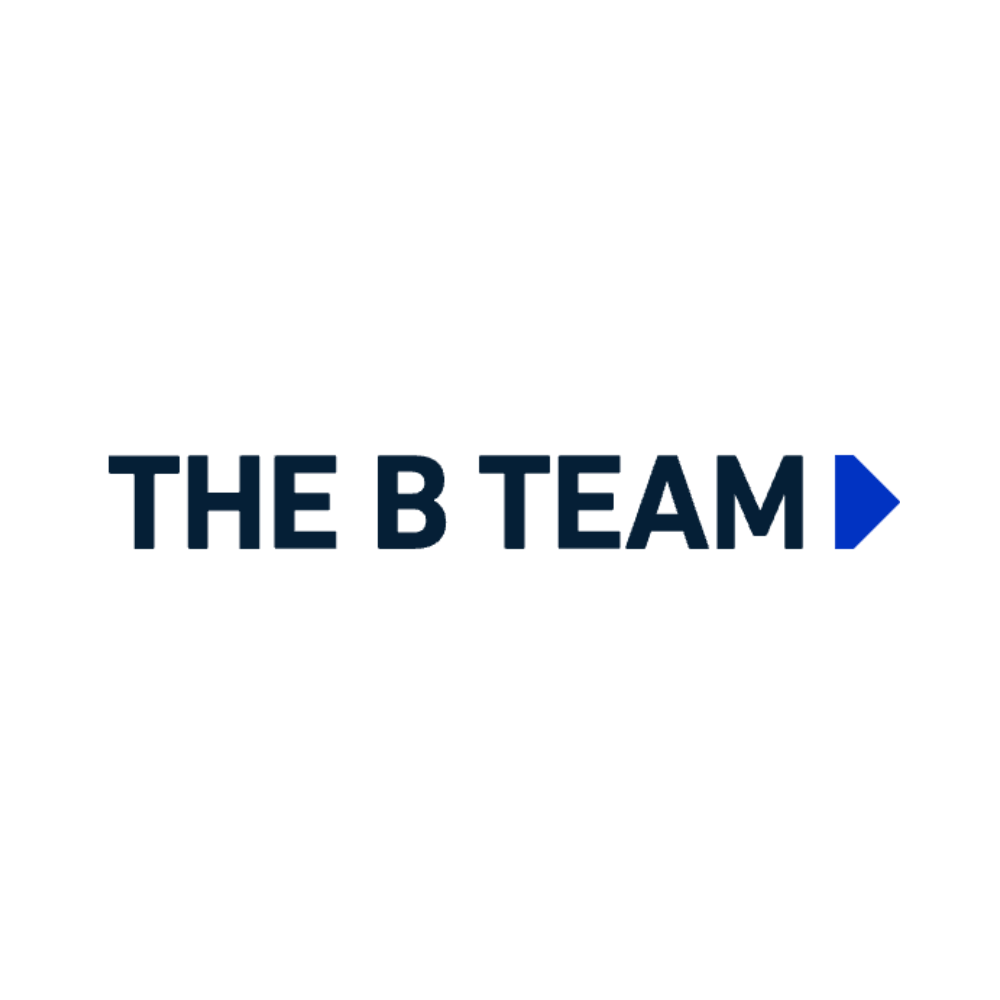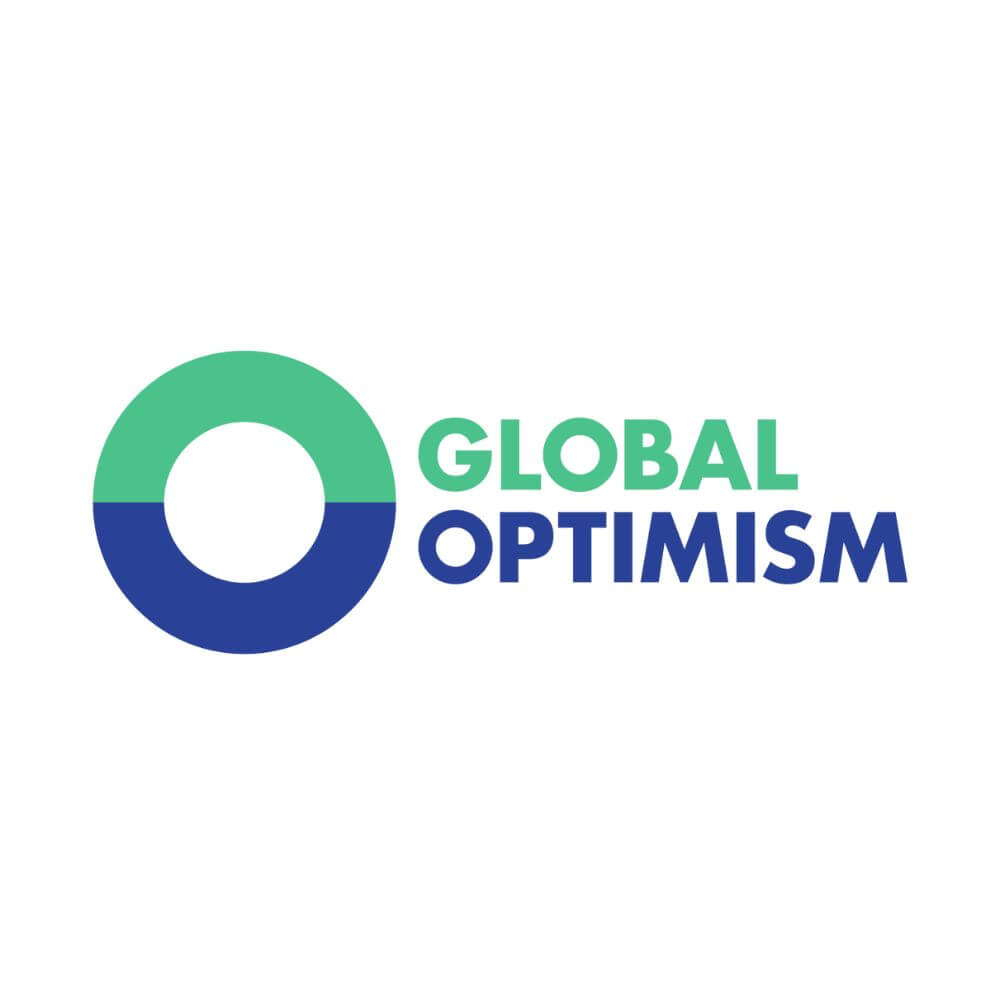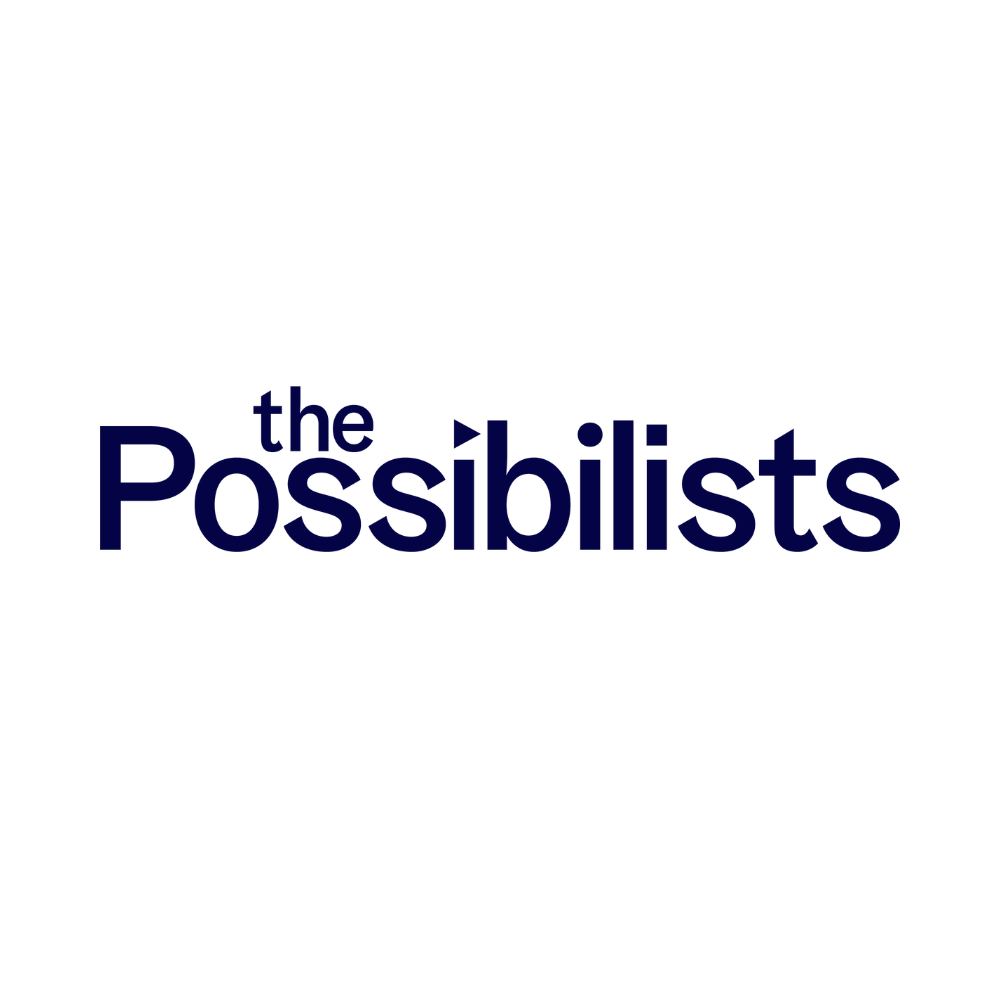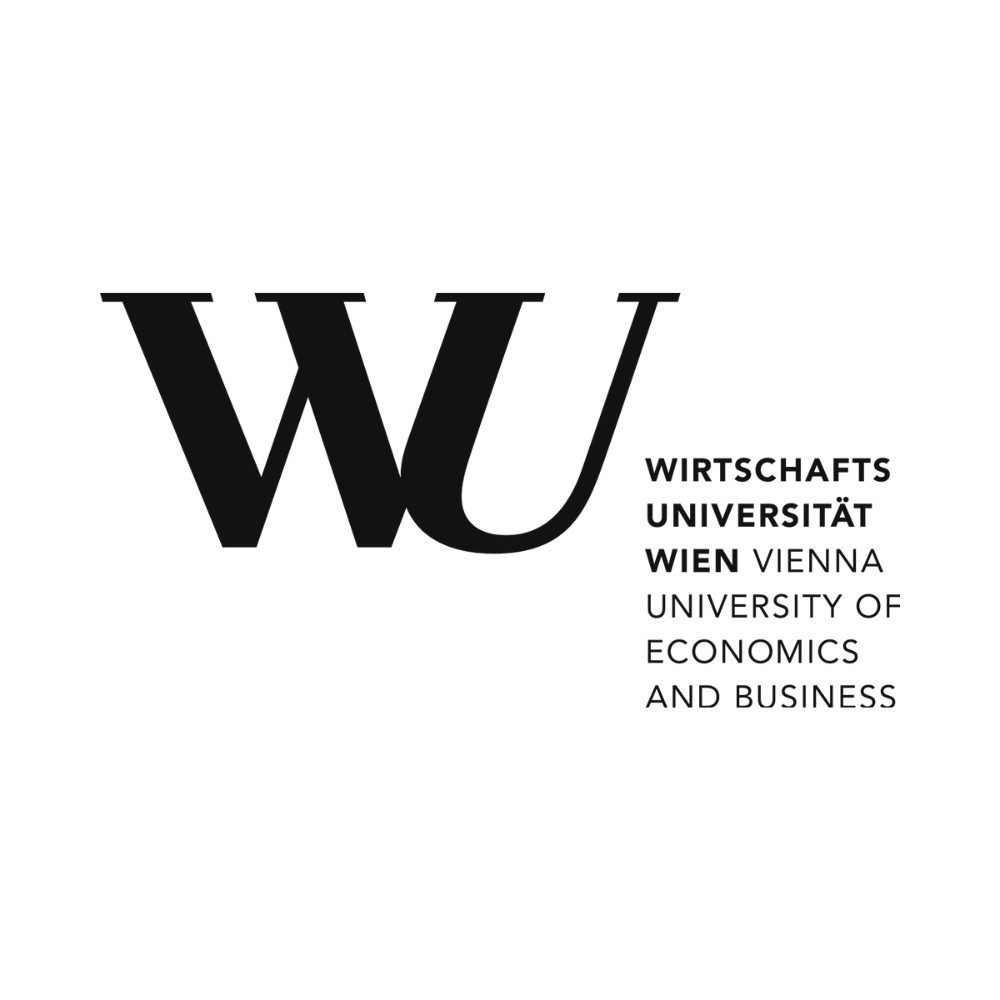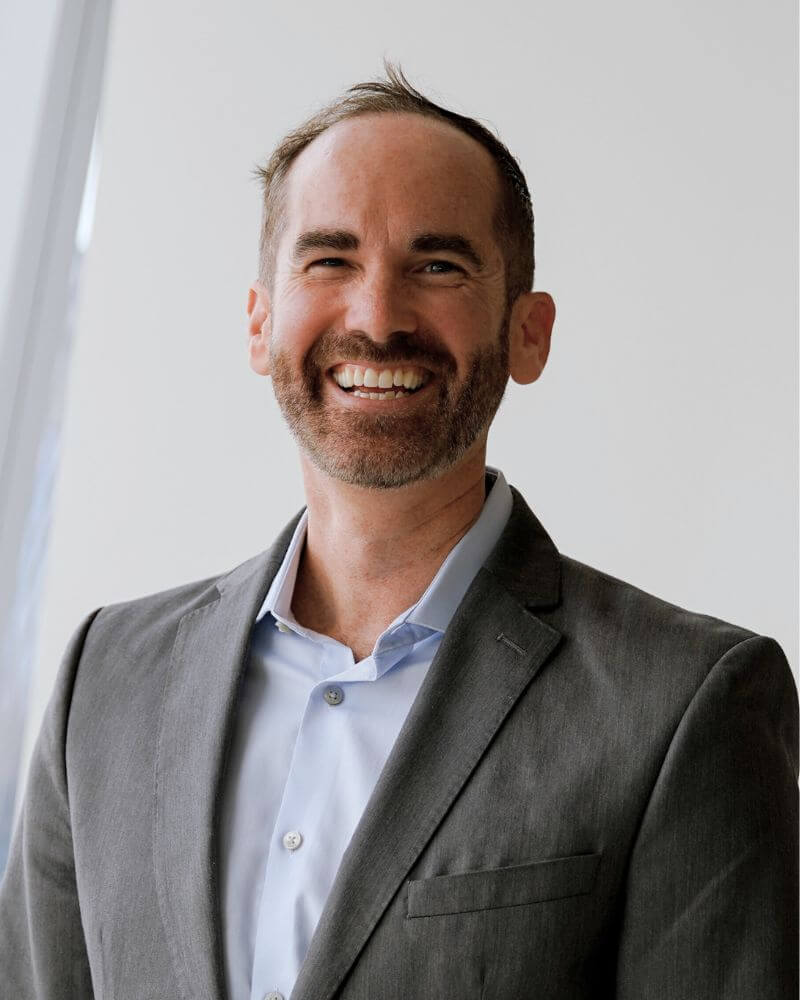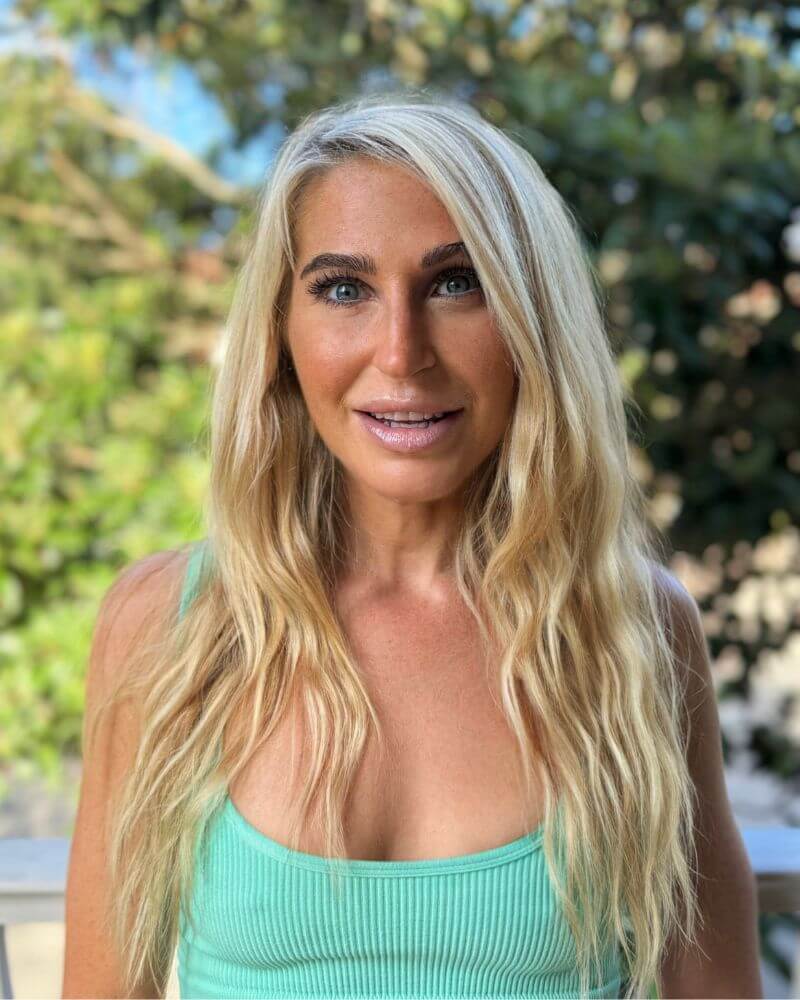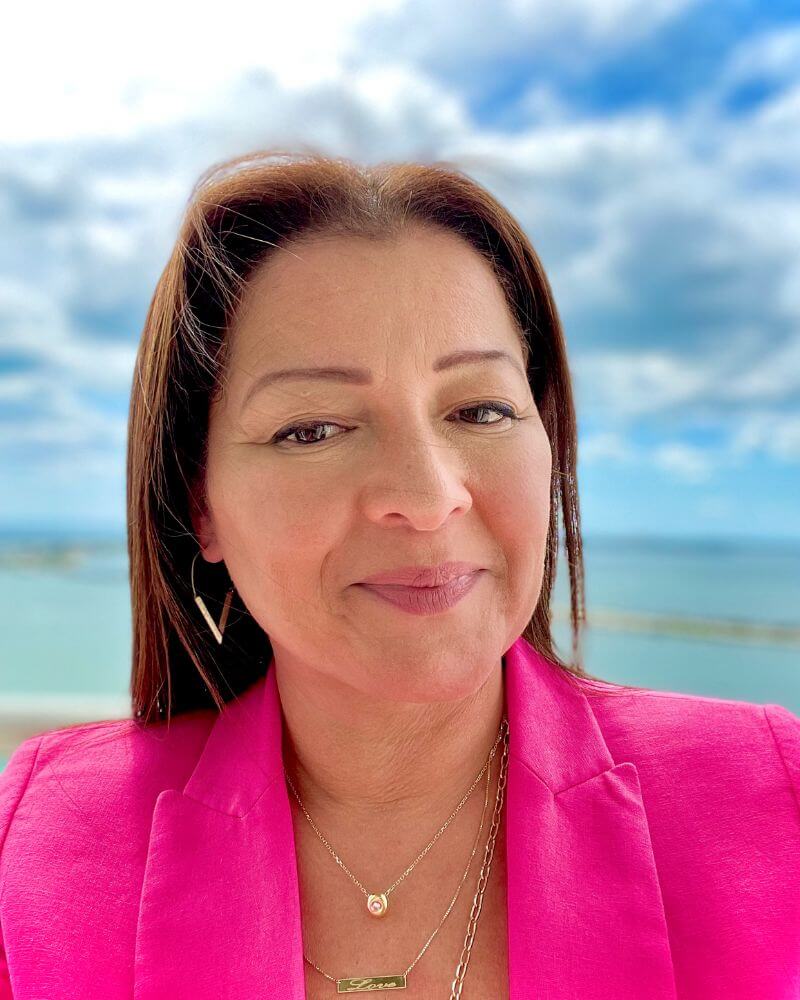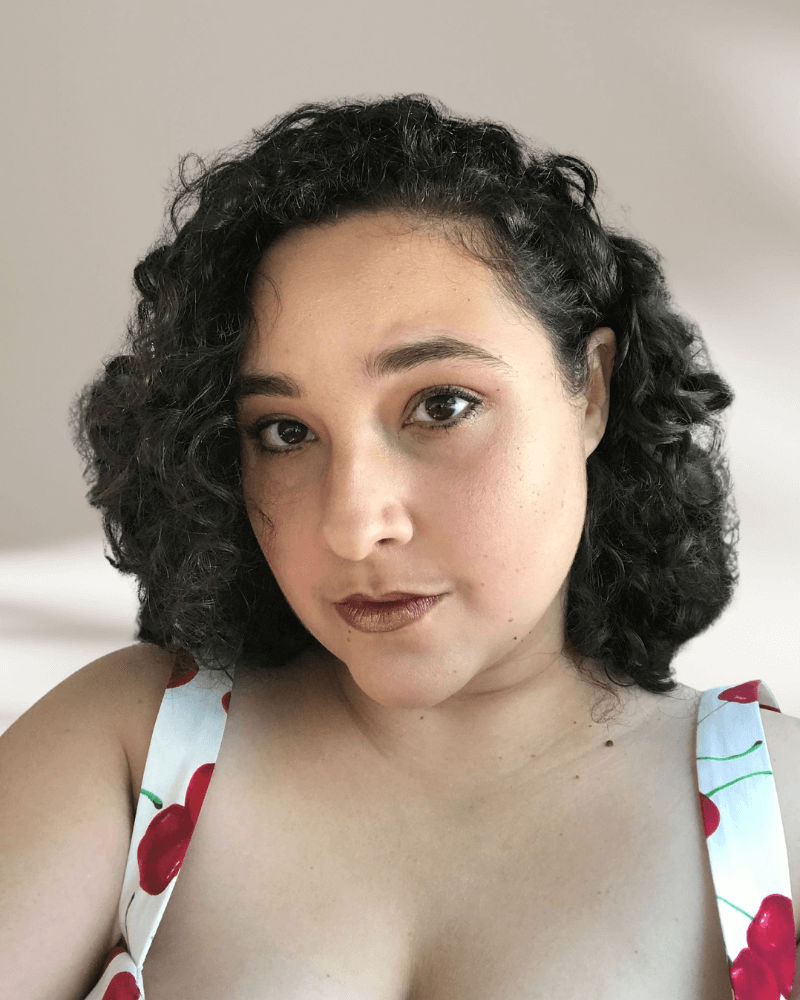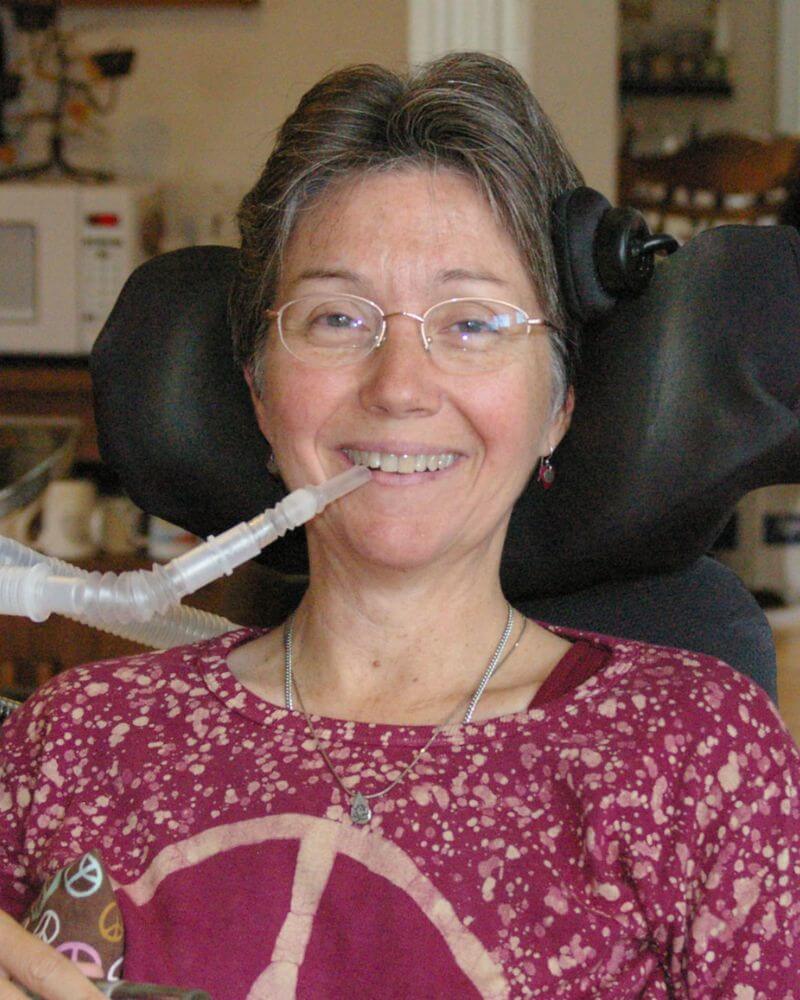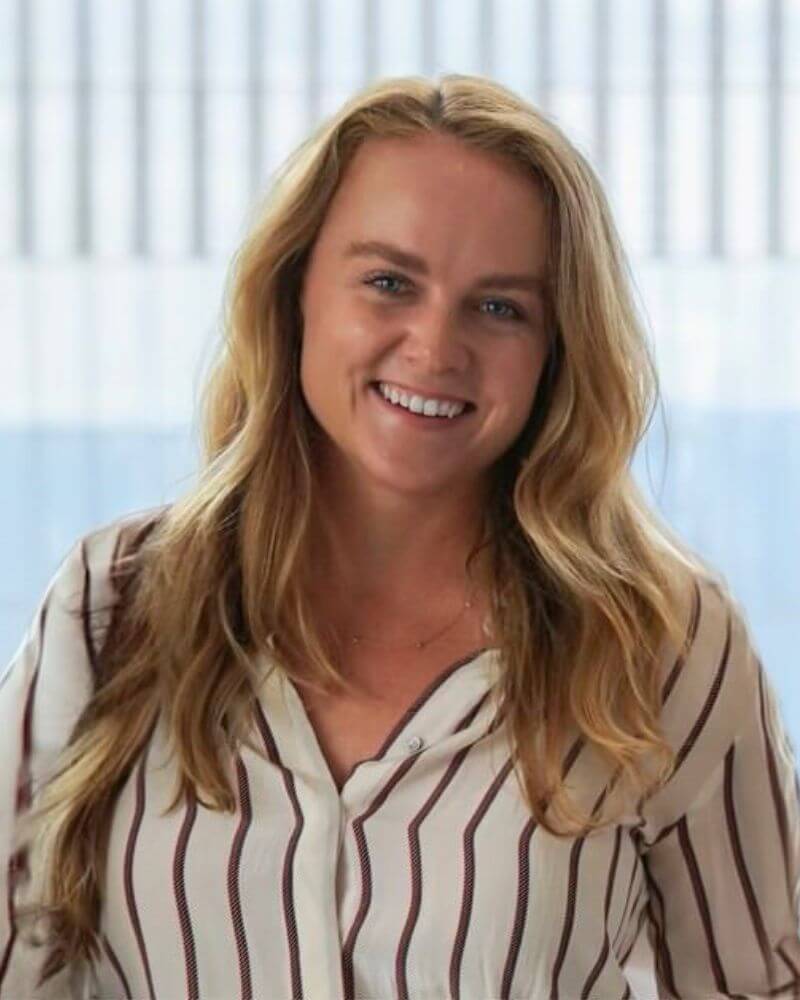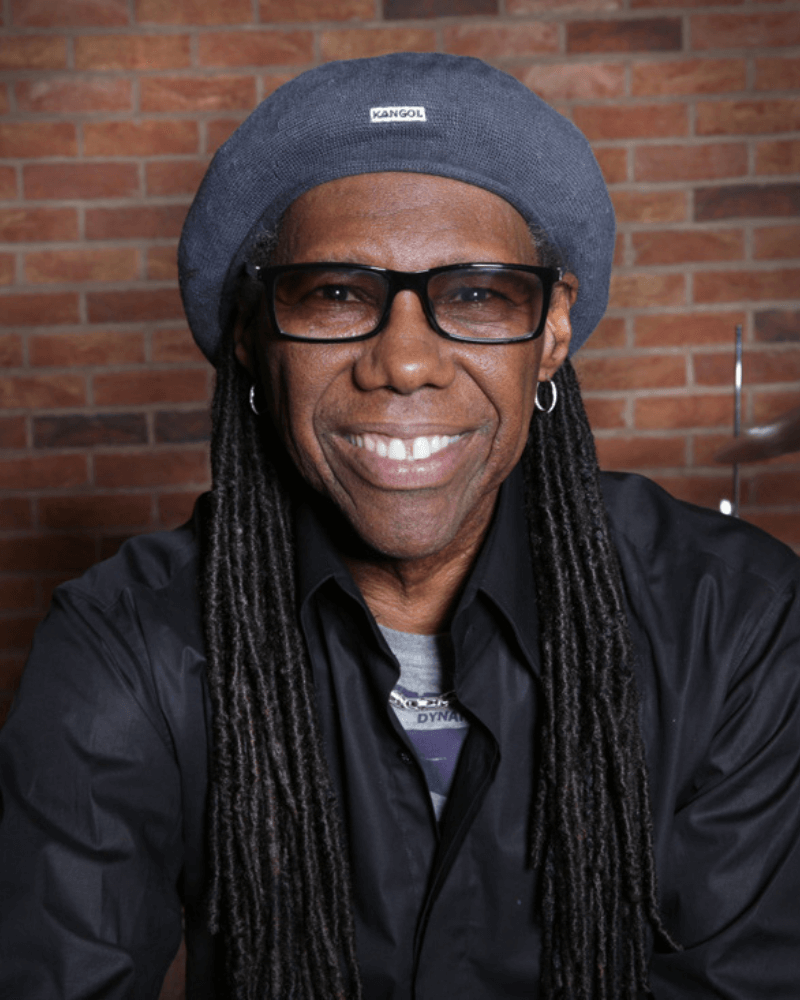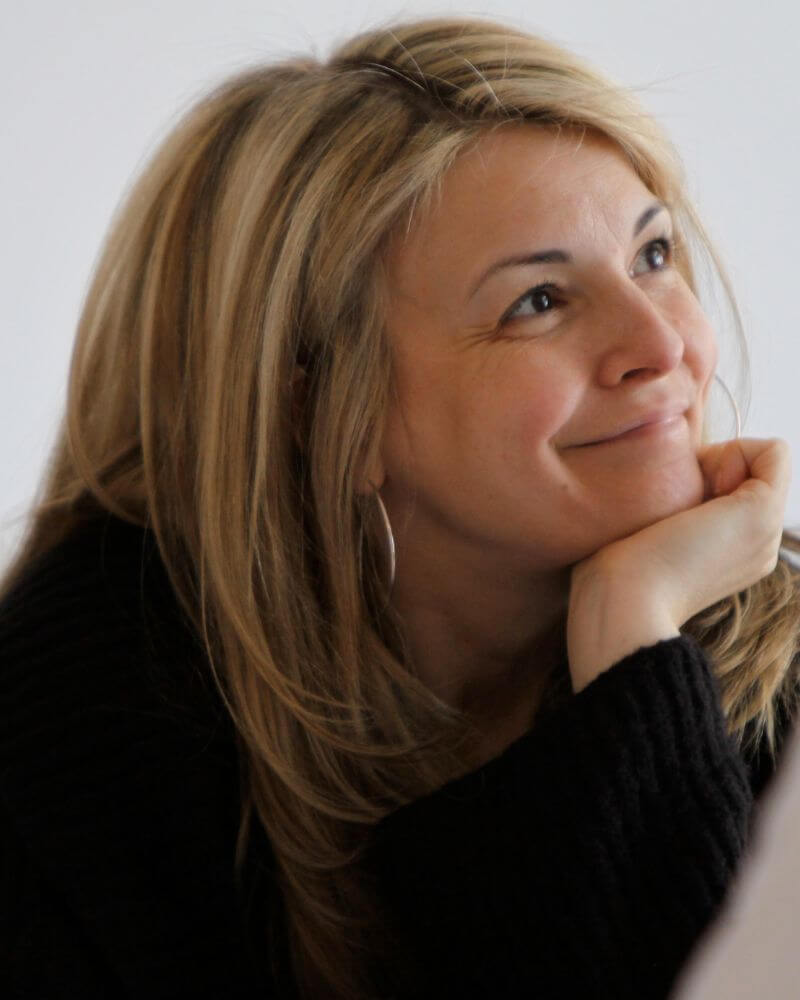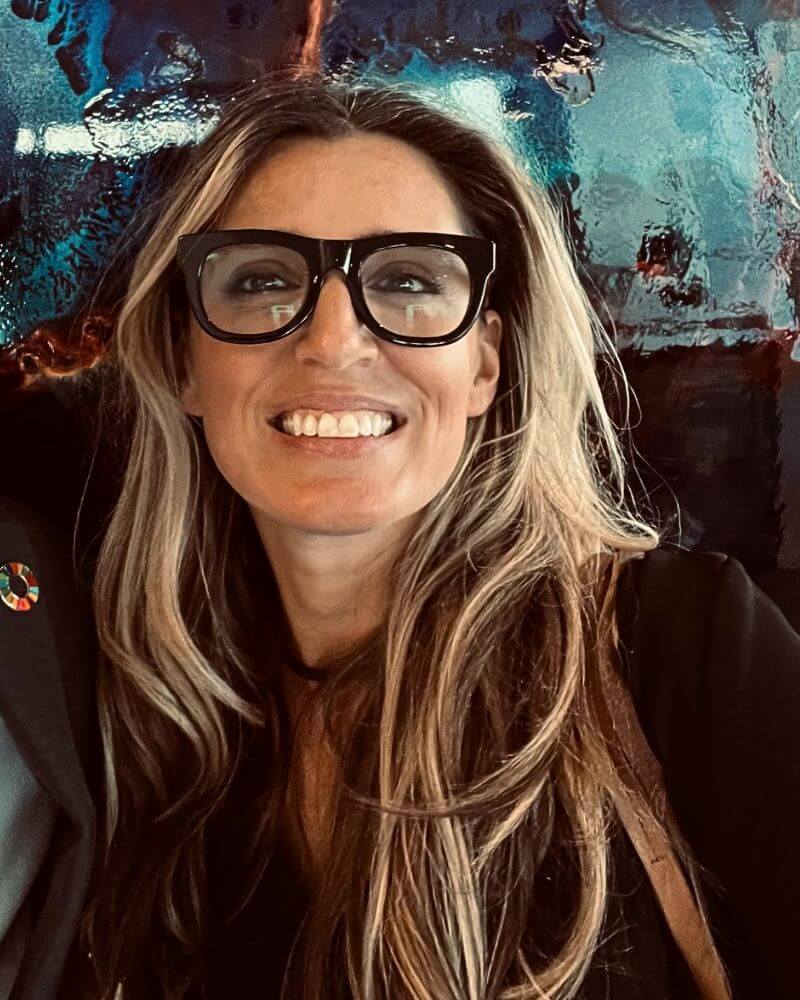Collaborating Across Generations: Insights, Challenges, and Best Practices
A We Are Family Foundation Global Study
KEY INSIGHTS
GLOBAL STUDY
Problems that span generations require leadership that does too.
We Are Family Foundation’s (WAFF) groundbreaking Global Study — Collaborating Across Generations: Insights, Challenges and Best Practices (Global Study) — was conducted in late 2023 to better understand global viewpoints and characteristics that are most important for meaningful and impactful collaboration across generations.
For more than 20 years, WAFF has identified, trained, and amplified young changemakers worldwide through its innovative programs Three Dot Dash, TEDxTeen, Youth To The Front Fund, and Youth To The Table. Through these efforts, WAFF builds powerful ecosystems that propel the impact of this generation’s social entrepreneurs, activists, innovators, creatives, and policy-shapers.
With decades of experience as a pioneering organization in the youth changemaking space, WAFF has witnessed the unique, powerful, and diverse values that youth bring to the table. The fact of the matter is, there are youth experts across all issues: AI, food insecurity, education reform, climate awareness, racial equity, and many more. Understanding how the expertise of young people can effectively collaborate across generations to address the world’s most pressing issues is paramount to our mission. Because problems that span generations require leadership that does too.
Informed by a critical examination of historical youth exclusion, the Global Study’s findings fuel a transformative framework for intergenerational collaboration (IGC). The framework’s Recommendations empower ALL generations to work together more effectively, while its Case Studies provide tangible examples that put these strategies into action.
Through research, understanding, and powerful partnerships across private, public, and social sectors, we take part in a collaborative movement — join us!
METHODOLOGY
What does collaborating across generations look like in practice?
A youth leader collaborating with a politician to draft new legislation.
An organization establishing an intergenerational committee to provide insights on company culture.
Ensuring equitable representation of youth voices during climate change policy negotiations.
Young professionals serving on a corporate Board of Directors.
Youth helping shape the agenda and framework for a major global convening.
Youth To The Table
The Global Study is bolstered by qualitative research conducted over a year with diverse Youth Delegations at three major global events: the United Nations General Assembly (UNGA78) in New York, the United Nations Climate Change Conference (COP28) in Dubai and the World Economic Forum (WEF24) in Davos. WAFF Youth Delegates are leaders in their respective fields. They navigate these venues with WAFF Collaborators, leaders of older generations, with whom they foster reciprocal working relationships. These efforts reflect WAFF’s Youth To The Table (YTTT) program, which aims to accelerate sustainable change by deepening intergenerational collaboration between young changemakers and current stakeholders. YTTT began as a beta pilot in 2020, in collaboration with WAFF’s long-standing strategic partner and early advocate for intergenerational collaboration, SAP.
Who Are WAFF Youth & Collaborators?
Meet some remarkable young experts from diverse sectors including healthcare, climate science, and AI policy. WAFF Youth are distinguished in their fields, working across generations to drive innovative solutions forward.
Additionally, meet several WAFF Collaborators — senior leaders and key stakeholders who partner with WAFF Youth to accelerate multigenerational leadership, and tackle some of our most pressing problems.
INSIGHTS: The Value of Youth
To foster intergenerational collaborations within organizations and companies, it is crucial to first understand the competitive advantages youth leaders offer. Through 20 years of experience and an even deeper examination through the Global Study, WAFF has compiled the following list of characteristics as examples of some of the many values that are especially unique to youth.
YOUTH… Possess a Sense of Hopeful Urgency
Like all generations before them, today’s youth inherit a world shaped by the choices of the past. However, there’s a crucial difference: today’s youth face challenges of unprecedented urgency such as climate change. A staggering 83% of young changemakers globally are “worried or extremely worried” about it, according to The Possibilists 2023 Study. This concern is justified. We were supposed to be half way toward achieving the UN’s Sustainable Development Goals by now, yet we’re only 15% of the way there. This urgency fuels both a sense of hope and an innovative spirit, as young leaders know they must play a role in tackling large-scale problems to forge a future for themselves and humanity.
YOUTH… Demand Accountability
According to a recent Deloitte survey, “Millennials and Gen Z workers seek to hold themselves and others increasingly accountable for their behaviors and attitudes.” For this generation of young changemakers, promises are nothing without action. Youth leaders’ straightforward approach and relentless pursuit of local and global justice have demonstrated their power to be a catalyst for lasting change.
YOUTH… Embody Inclusivity
High-level decision-making has a long history of excluding marginalized voices. However, young people are leading a charge for change, “rewriting the narrative of the future,” as WAFF Collaborator Paola Del Zotto Ferrari puts it. Recent research by the World Economic Forum supports this, demonstrating how young people’s demand for a more inclusive and equitable workplace is transforming collaboration.
YOUTH… Are Digital Natives in a Tech-Driven Era
Growing up online, Gen Z are defined as digital natives and have adapted to learn, grow, and build skills in entirely new and accelerated ways. Putting digital natives’ potential for long-term impact into perspective, CNBC positions this generation to represent over 58% of the overall workforce within the following decade. By investing in younger people now, global leaders can sooner harness their technological expertise and unique insights, as we all acclimate to a tech-driven world.
YOUTH… View Their Emotions as Strengths Not Weaknesses
Today, we live in a world of urgency, grappling with existential crises. In this new landscape, marked by imperative action, young people are advocating for novel approaches to negotiation, campaigning, and storytelling. While neutrality and composure may have been highly valued in the past, in this new era where urgency takes center stage, young people are unapologetically bringing their emotions to the forefront. Research from One Earth indicates that emotions “have a great but currently underexploited potential to contribute to a sustainable behavior change,” and that “far from being irrational, they translate our values and concerns into action.”
Reflecting on the unique values and competitive advantages of young leaders, we now explore how all generations can work together towards a brighter future.
We asked.
You answered.
DEMOGRAPHICS
Participants
Age Range
Countries 104
Participants
Age Range14 – 74
Countries 104
Let’s get into
the data.
Of the 996 individuals surveyed, 595 have initiated or participated in an intergenerational collaboration.
The following data is reflective of their experiences, opinions, and perspectives.
What makes intergenerational collaboration successful?
Most agreed upon individual characteristics
Most agreed upon processes
CHALLENGES
What obstacles have prevented you from initiating or participating in an intergenerational collaboration?
For respondents who identified as marginalized, there were four additional obstacles that stood out significantly:
Is there is a risk of youth feeling tokenized when they engage in places of power and influence?
AGREE
When collaborating, do you believe that older participants treat youth as their equals?
AGREE
We asked participants to consider existing intergenerational initiatives and the reasons behind their development.
Why are organizations motivated to collaborate intergenerationally?
71%
hope to access
innovative ideas and
diverse perspectives
Why do underrepresented groups want to participate?
68%
to be heard
Organizations want new ideas.
Underrepresented groups like YOUTH want to be heard.
It’s time to collaborate.
RECOMMENDATIONS
Best Practices for Meaningful Intergenerational Collaboration
As we strive to create collaborations that are meaningful, productive, and non-performative, we invite you to consider and exemplify the following best practices.
Co-Create from Start to Finish
Effective collaboration goes beyond a single meeting. It is about creating multiple opportunities for meaningful engagement. This is what 100% of the WAFF Youth Delegates emphasized. They stressed the importance of multiple touch points within a given project — versus a one-off consultation. From agenda-building and goal-setting, to facilitation and follow-up, do not simply “create” collaboration across generations — co-create it!
Center Lived Experience
Lived experience transcends age, encompassing the unique insights gained from direct engagement with the world. It holds equal importance to knowledge acquired through external sources. This is reflected in the findings of the Global Study, where the majority of respondents emphasized ‘valuing lived experience’ as a top attribute for effective intergenerational collaboration. By honoring lived experience in collaboration, we expand our understanding of what is valuable, beyond traditional credentials. In doing so, we welcome diverse perspectives and broaden what is possible.
Lower Barriers to Entry
When respondents were asked about obstacles that have prevented them from participating or initiating an IGC, lack of information about opportunities and financial constraints were among the top responses. What’s more, younger and marginalized groups reported even higher barriers to participation. By addressing inequities, broadcasting opportunities, ensuring fair compensation, and implementing capacity-building, we can foster a more diverse and successful environment for collaboration.
Avoid Assumptions About Age
The Global Study uncovers a significant obstacle to successful collaboration: age-based assumptions. Respondents across all generations identify this as a major barrier. While ageism affects everyone, only a quarter of respondents believe young people are treated as equals when working with older generations. The Global Study reveals that collaboration thrives when we actively move beyond age-based assumptions and address potential power imbalances related to age. Specifically, it highlights the importance of avoiding the tokenization and devaluation of young people’s contributions.
Mitigate and Repair Harm
Intergenerational collaborations contain power imbalances and can be susceptible to harm. When asked about success factors for IGC, the top response was “ensuring diversity across a variety of factors.” But a diverse collaboration also requires proactive measures to mitigate risks. Create clear discussion guidelines that encourage diverse perspectives. Consider having trained staff available to provide additional context or support. In some cases, a brief overview of relevant cultural contexts may be helpful to ensure inclusivity and respect. Remember — even informal settings warrant attention; despite their value for collaboration, these spaces hold a higher risk for harm!
Be Open to Surprise
Throughout the Global Study, it is clear that all generations value open-mindedness in the context of collaboration. A vast majority of respondents report that keeping an open mind is critical to the success of an IGC, and more than half cite “being ‘stuck’ in personal opinions and ‘ways’” as a major barrier in the process. While our research shows the value in aligning on a concrete objective, we have also found significant value in a shared willingness to remain flexible to new directions. Establish communication protocols for healthy debate and allow ample time for exploring different ideas. Prioritize informal interactions to build rapport and trust, enabling deeper collaboration.
Nile Rodgers Talks Intergenerational Collaboration on CNN International
Young people are changing the game: it’s not breaking news, but it is international news. WAFF extends our gratitude to CNN International for not only shining a light on our YTTT program and Global Study but also amplifying several young voices from the WAFF community on the ground at WEF24 — Youth Delegates David Saddington, Diana Chao, Tanvi Girotra, Harsh Agrawal, Mozamel Aman, Hayat Muse, Liam McLeavy, and Italo Ribeiro Alves.
87% of respondents agree that youth have ideas and solutions that can improve or solve global issues. Yet only 19% agree that youth are currently given enough opportunities to lead and contribute.
What actions will you or your organization take NOW to change this?
We have some TIPS!
CASE STUDIES
Over the past two decades, WAFF has proudly worked alongside an ecosystem of diverse partners across public, private, and social sectors who also model intergenerational collaboration in action.
The following case studies outline several successful examples that include the outcomes of these efforts, with added tips for your own implementation!
These case studies act as the beginning of a greater resource that WAFF looks forward to collaboratively evolving this year with anyone invested in working intergenerationally.
PLEASE SUBMIT YOUR CASE STUDY TO US!
Leveraging Young Voices and Leadership in Policy and Decision Making: This Is Planet Ed at the Aspen Institute
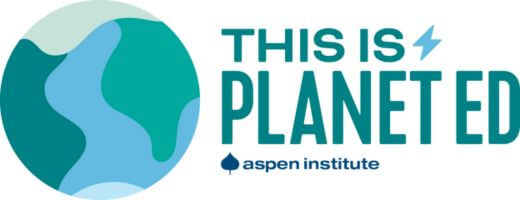
Co-Creating Vision and Strategy: ChangemakerXchange
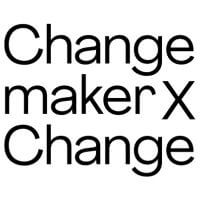
Supporting Junior Climate Negotiators from Least Developed Countries: International Institute for Environment and Development
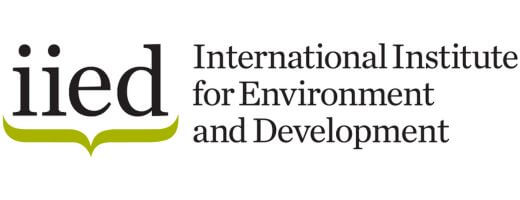
Generations in Collaboration: Ingka Young Leaders Forum

Helping the World Run Better Together: SAP and Youth

Empowering Youth for Climate Action: Connect4Climate | World Bank Group
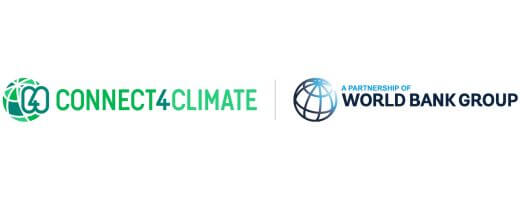
Indigenous Teachings Reach New Audiences Through Comic Storytelling: Rewriting Earth

Ensuring Young People Are Included in External Event Participation: We Are Family Foundation
Bridging Generations: Cultivating Tomorrow’s Board Leaders — Fora: Network for Change
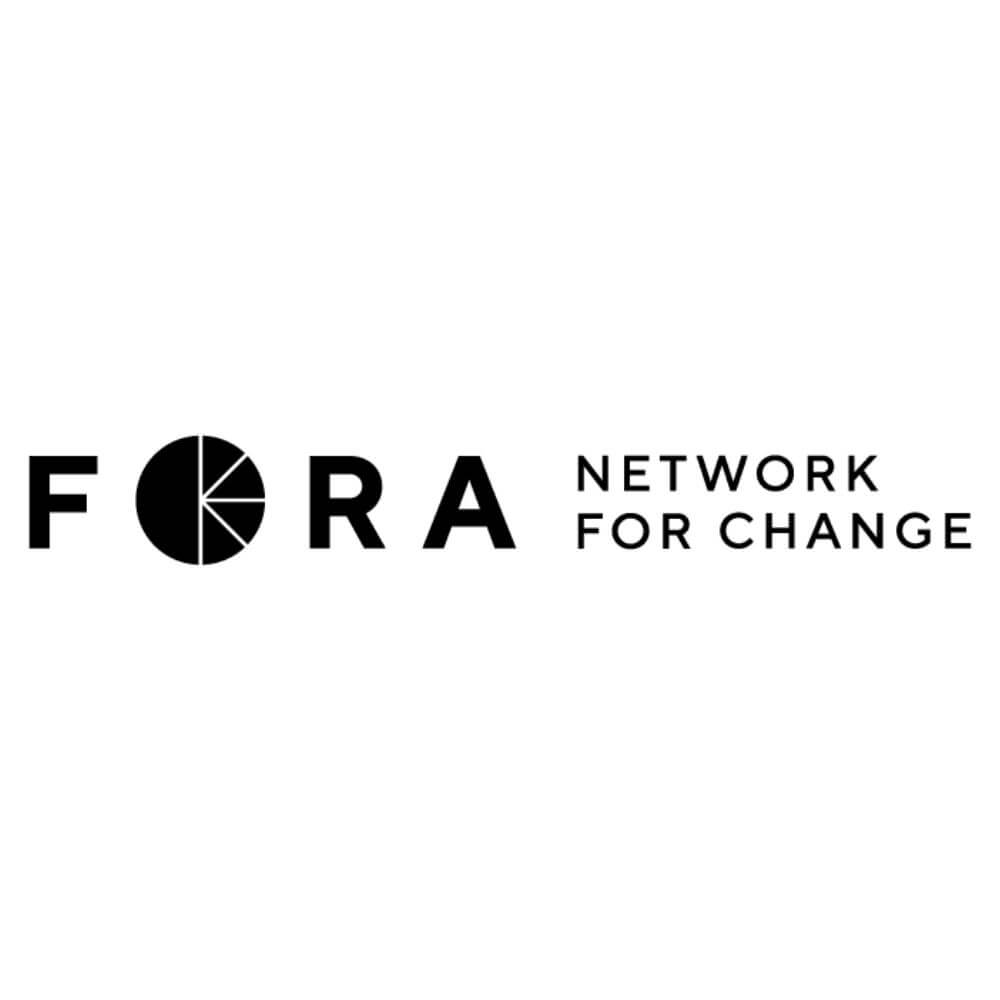
CONCLUSION
We Are Family Foundation began with a powerful belief: YOUTH are the key to building a more peaceful world.
For two decades, WAFF has empowered and supported remarkable youth leaders from 100+ countries on six continents in their efforts to make a difference – locally and globally.
They are addressing so many of the world’s challenges, from climate change to social justice, and AI to education reform. The list is long…but with each effort, the world becomes a better and more peaceful place.
They are focused, dedicated, and don’t know the word “NO.” Most are addressing solutions to issues that are affecting them directly or those close to them. There is no greater incentive to create change than a personal experience. Over and over again, we have seen first-hand the creativity and innovation that youth leaders bring to problem-solving.
We strongly believe youth leaders deserve respected seats at decision-making tables — spaces that dictate the future of our planet. Intergenerational collaboration is the way forward.
WAFF embarked on “Collaborating Across Generations: Insights, Challenges, and Best Practices” to explore the beliefs, challenges, and value of intergenerational collaboration from people across the globe, of all ages, sectors, and intersections.
The Global Study’s “Key Insights” reflect our lived experiences over the last 20 years working with youth leaders: most people believe intergenerational collaboration is of great value; most people believe youth have powerful solutions to global challenges; and very few believe youth are provided opportunities to participate in key decision-making spaces.
The Global Study is not an ending. It is a living, evolving exploration that will remain relevant in our fast-changing world. The “Recommendations” represent a baseline that will continue to develop, and “Case Studies” will continue to be added, highlighting organizations that are incorporating intergenerational collaboration into their business culture and zeitgeist.
Please integrate and share this information to continue the conversation. Reach out to the WAFF Team or youth leaders to discuss how to best implement intergenerational collaboration within your organizations.
We take pride in pioneering a new intergenerational leadership model — one that elevates young voices and fosters collaboration across generations.
It is our collective responsibility to be good stewards of our planet. We can only do that with EVERYONE seated at the table.
We Are Family,
Nile Rodgers & Nancy Hunt
Co-Founders
We Are Family Foundation
CONTRIBUTE
WAFF Youth Advisory Committee
This Global Study reflects a truly intergenerational approach.
Over the past year, WAFF actively engaged and compensated 30 Youth Ambassadors, 24 Youth Study Advisors, and 16 Youth Translators, ensuring their valuable contributions shaped the study’s development, adaptation, and dissemination.
The WAFF Partner Directory
Research fuels insights. Partnerships amplify them. Together, we take part in a collaborative movement.
WAFF is thankful for an ecosystem of partners who embody intergenerational collaboration and who share our dedication to crafting solutions for our most pressing challenges.
We Are Family Foundation
In addition to the remarkable young people who contributed to the Global Study and our esteemed partners, the We Are Family Foundation Team spearheaded this effort.
We Are Family Foundation (WAFF) is a non-profit organization dedicated to the vision of a global family by creating and supporting programs that promote cultural diversity while nurturing and mentoring the vision, talents, and ideas of young people who are positively changing the world. WAFF was co-founded in 2002 by Nile Rodgers, multi-Grammy Award-winning musician, and Nancy Hunt, and is registered in both the US and the UK.

